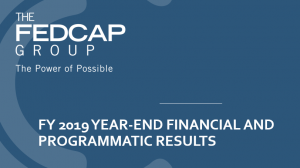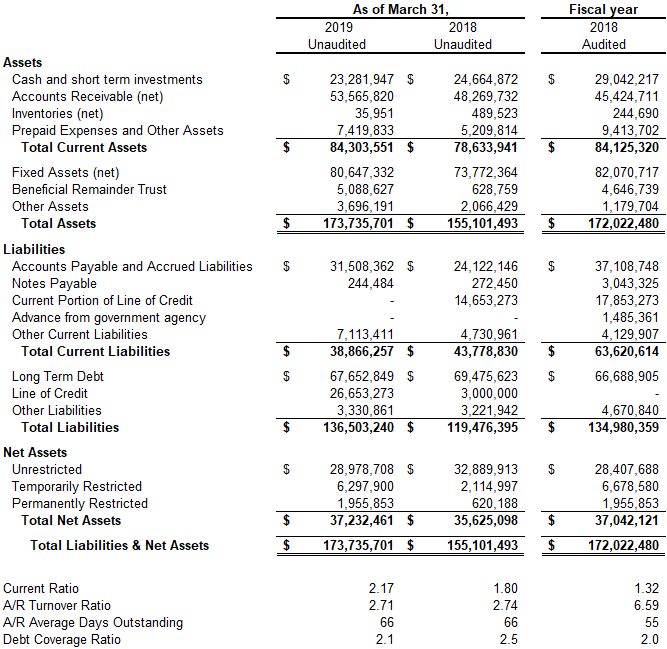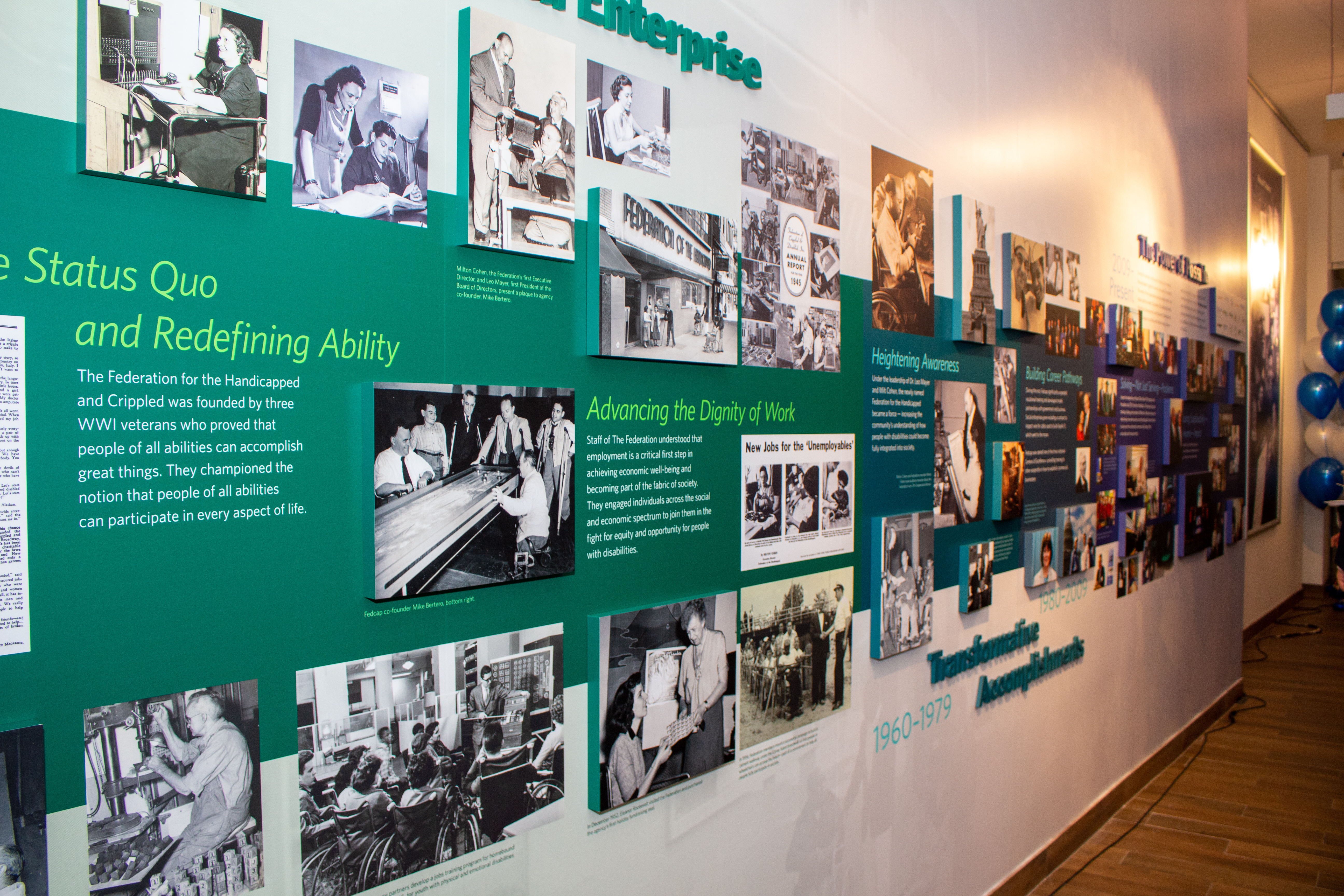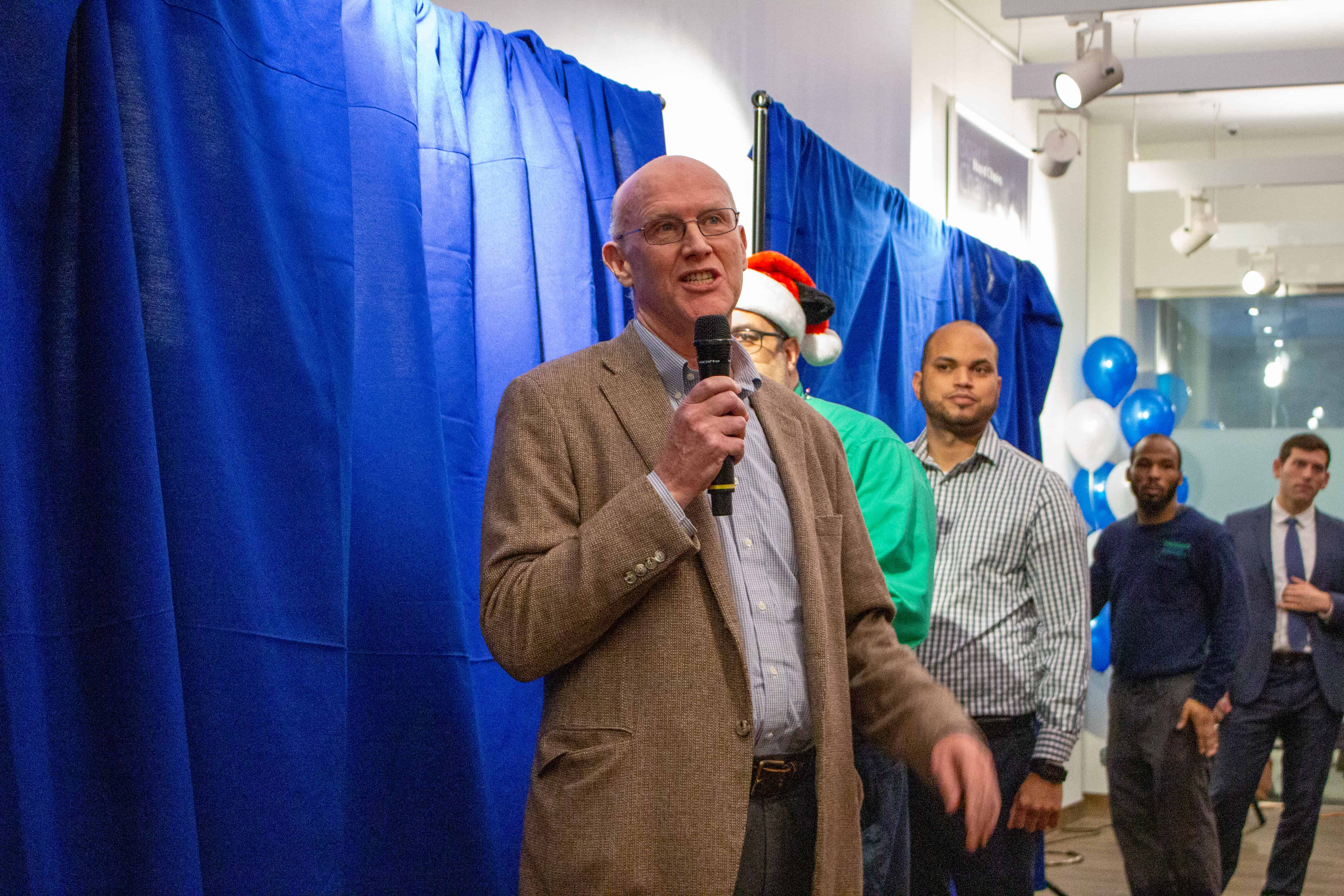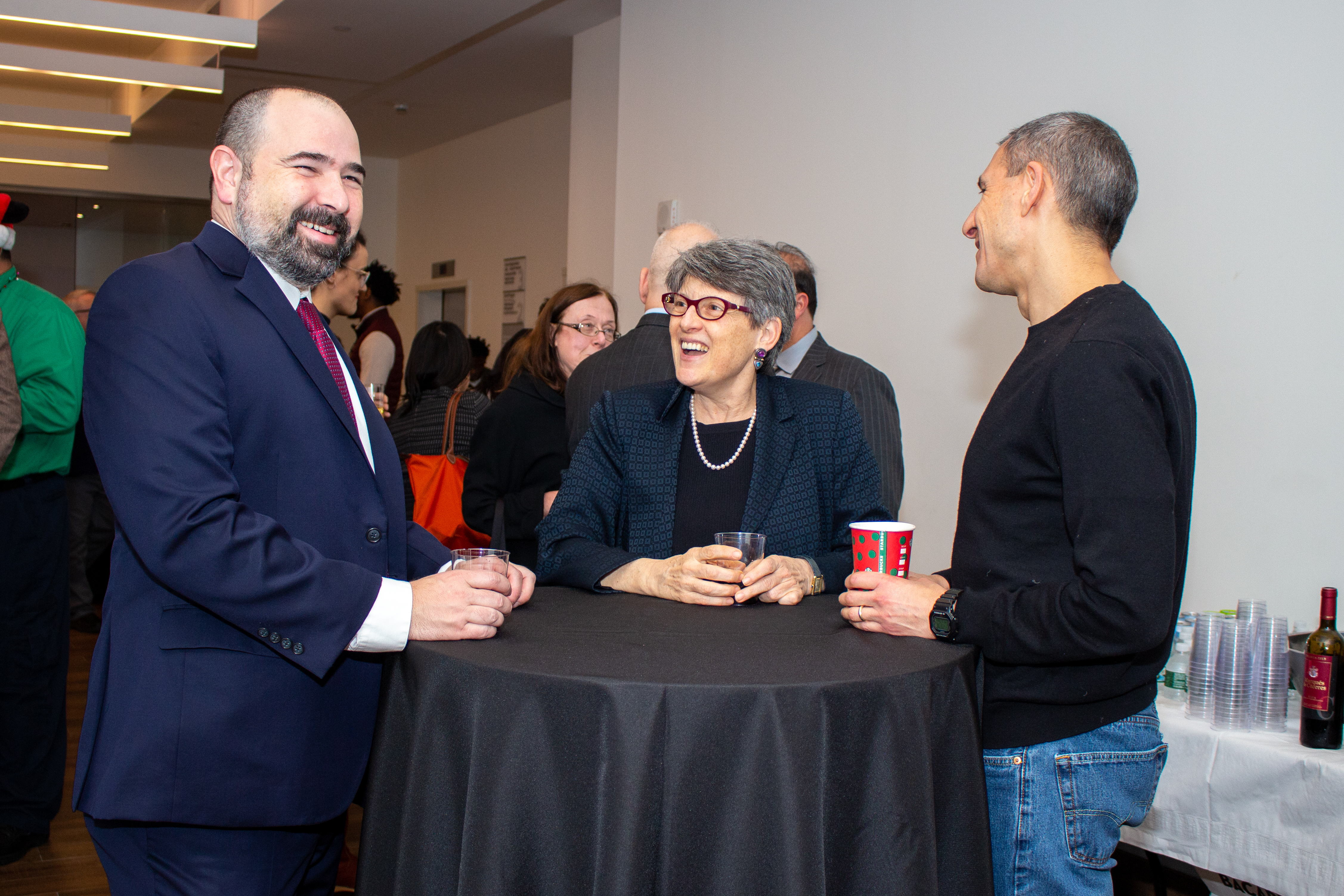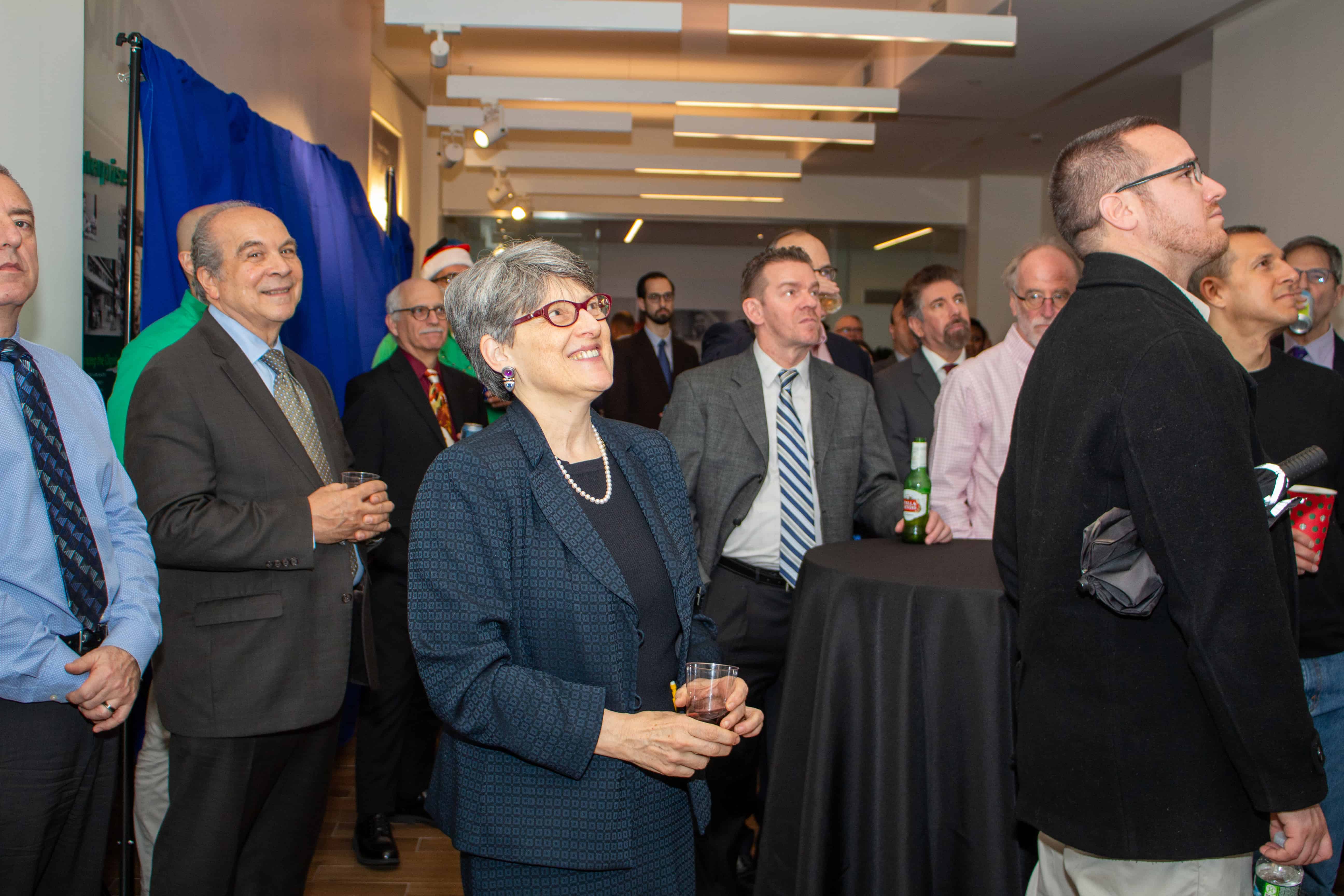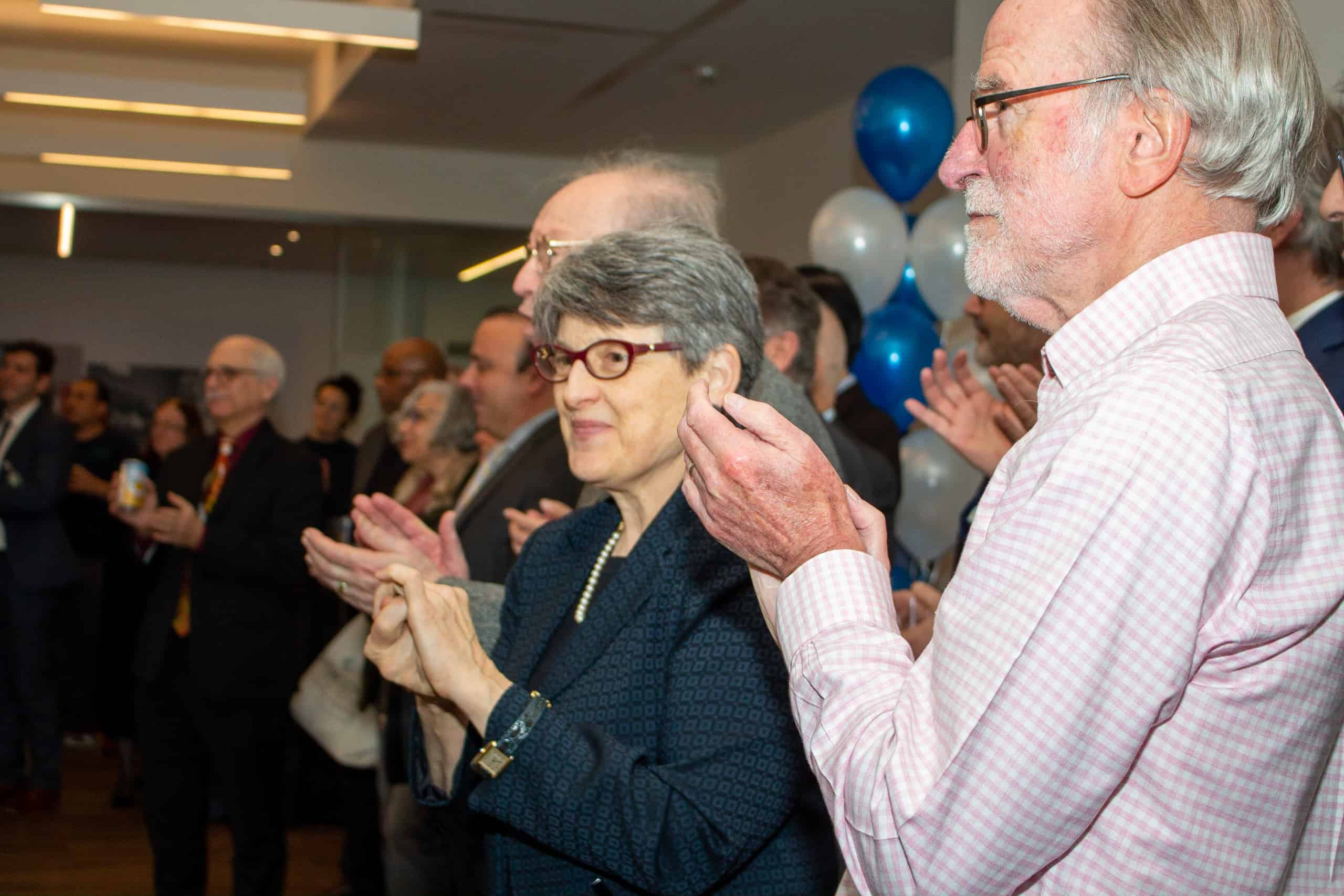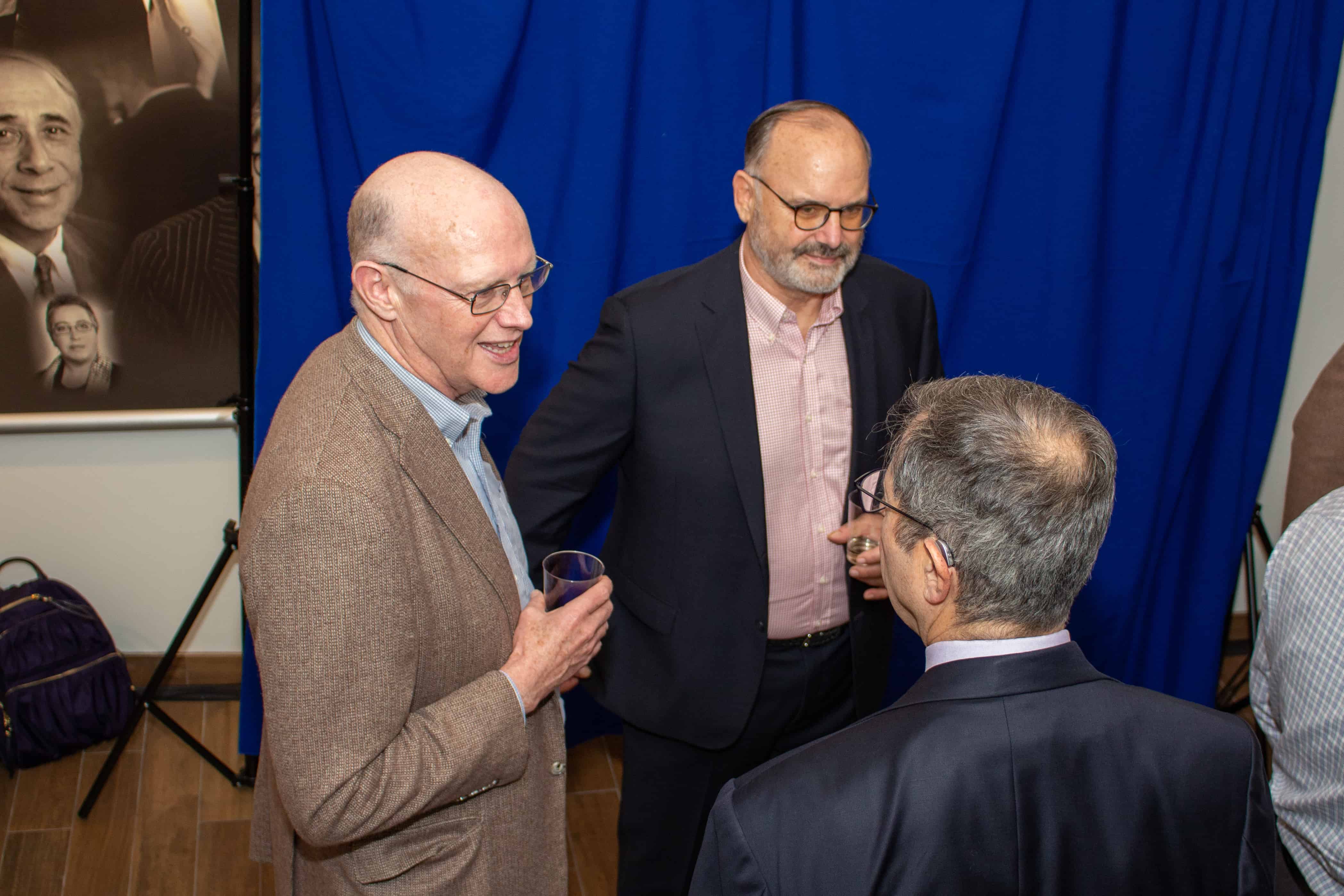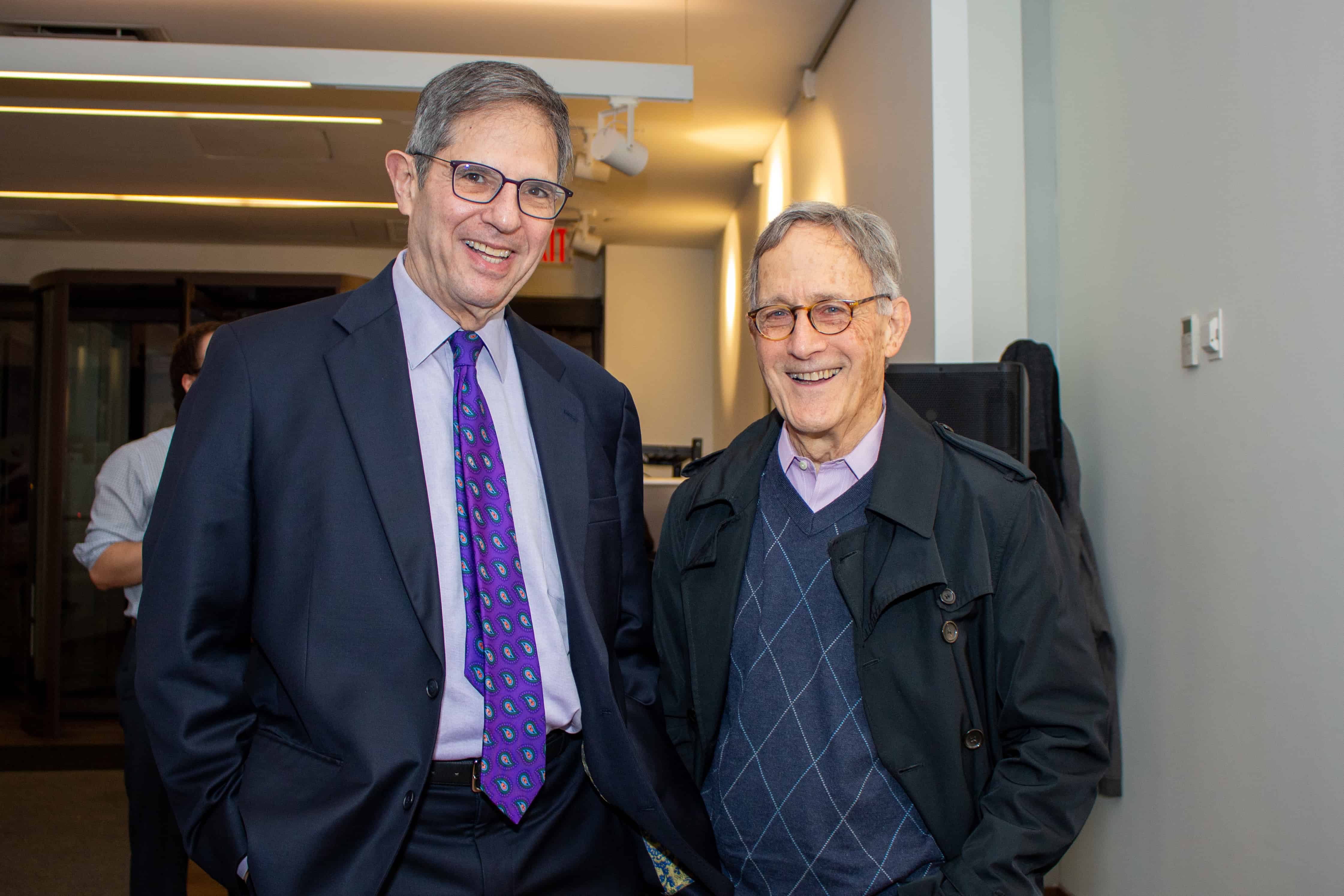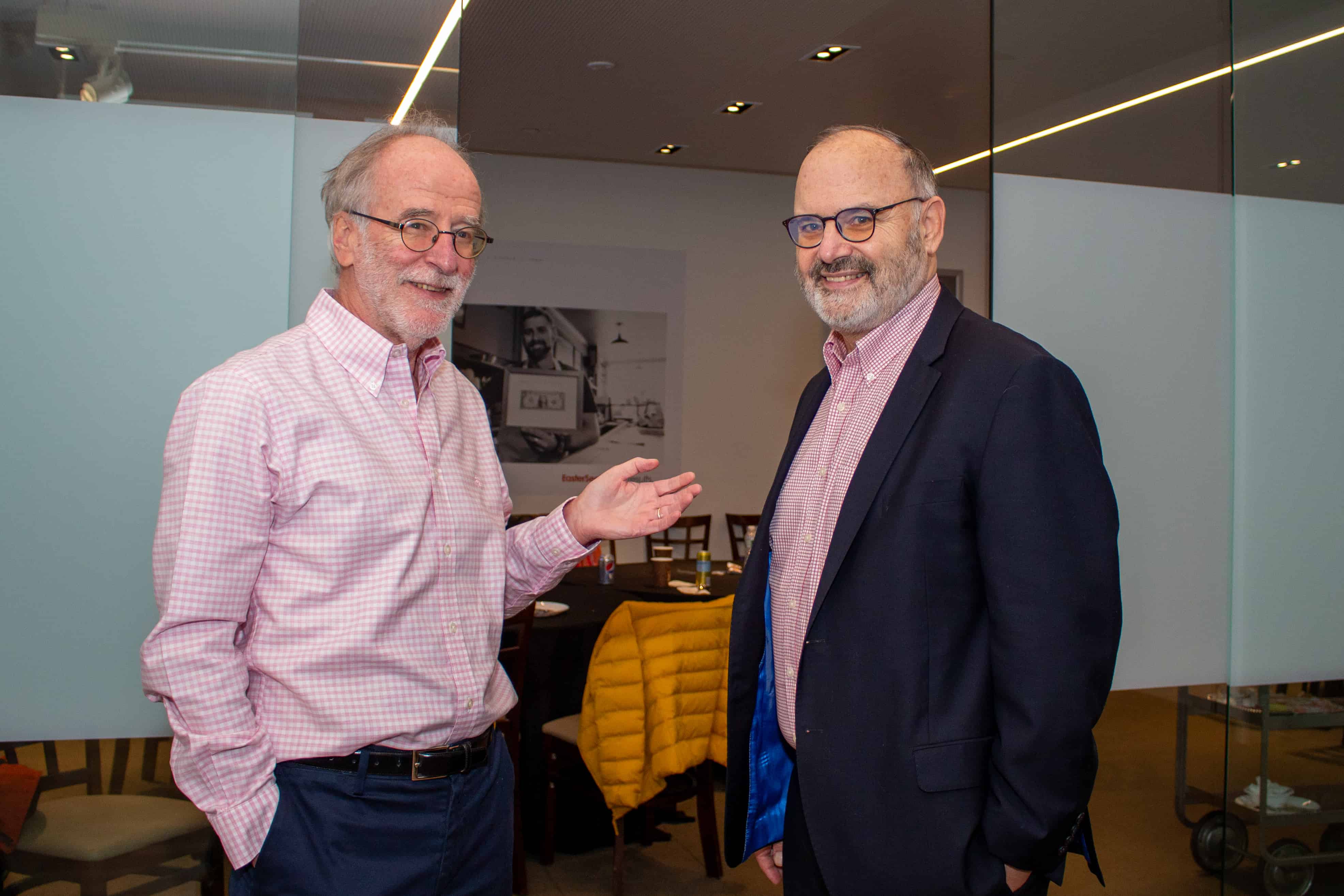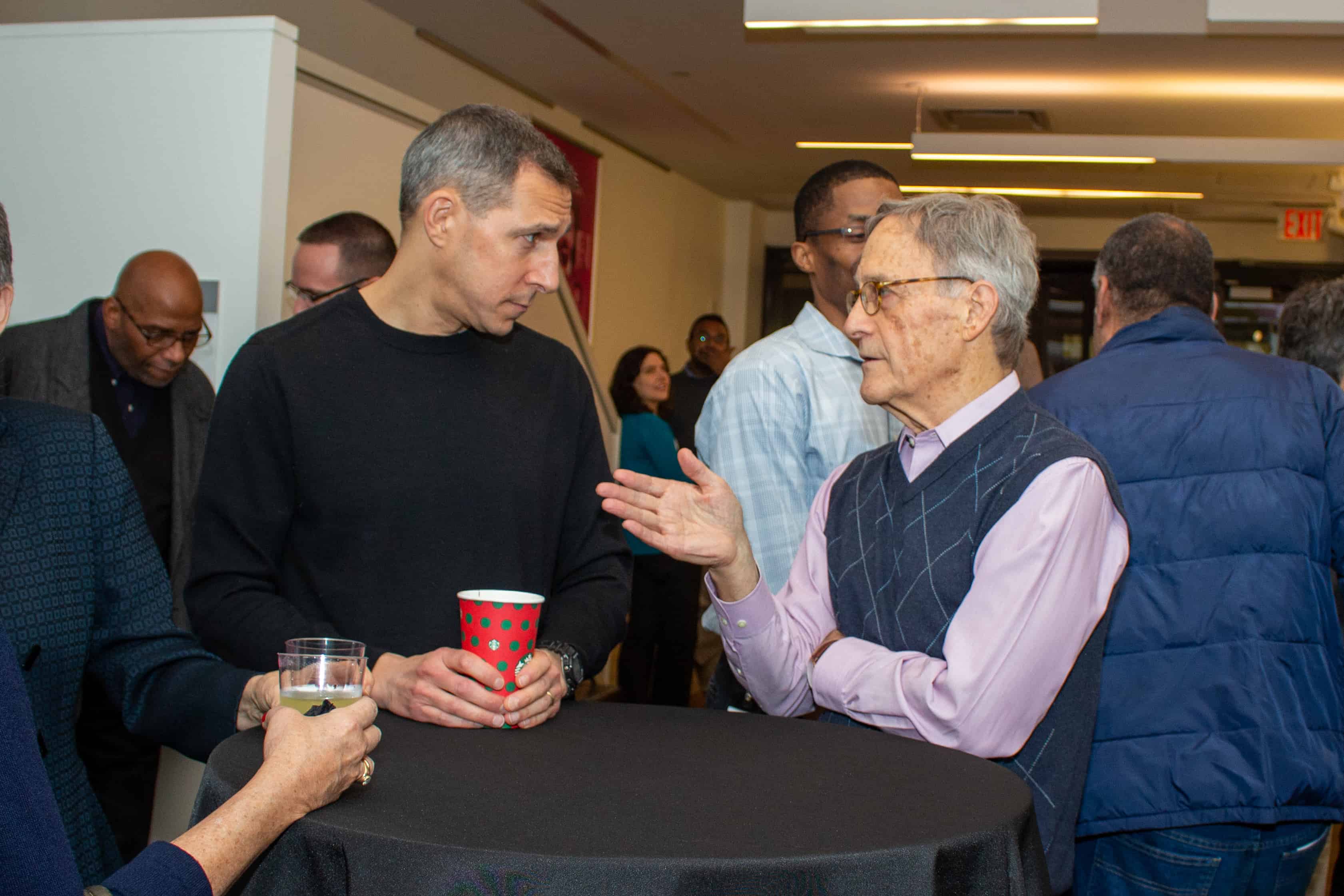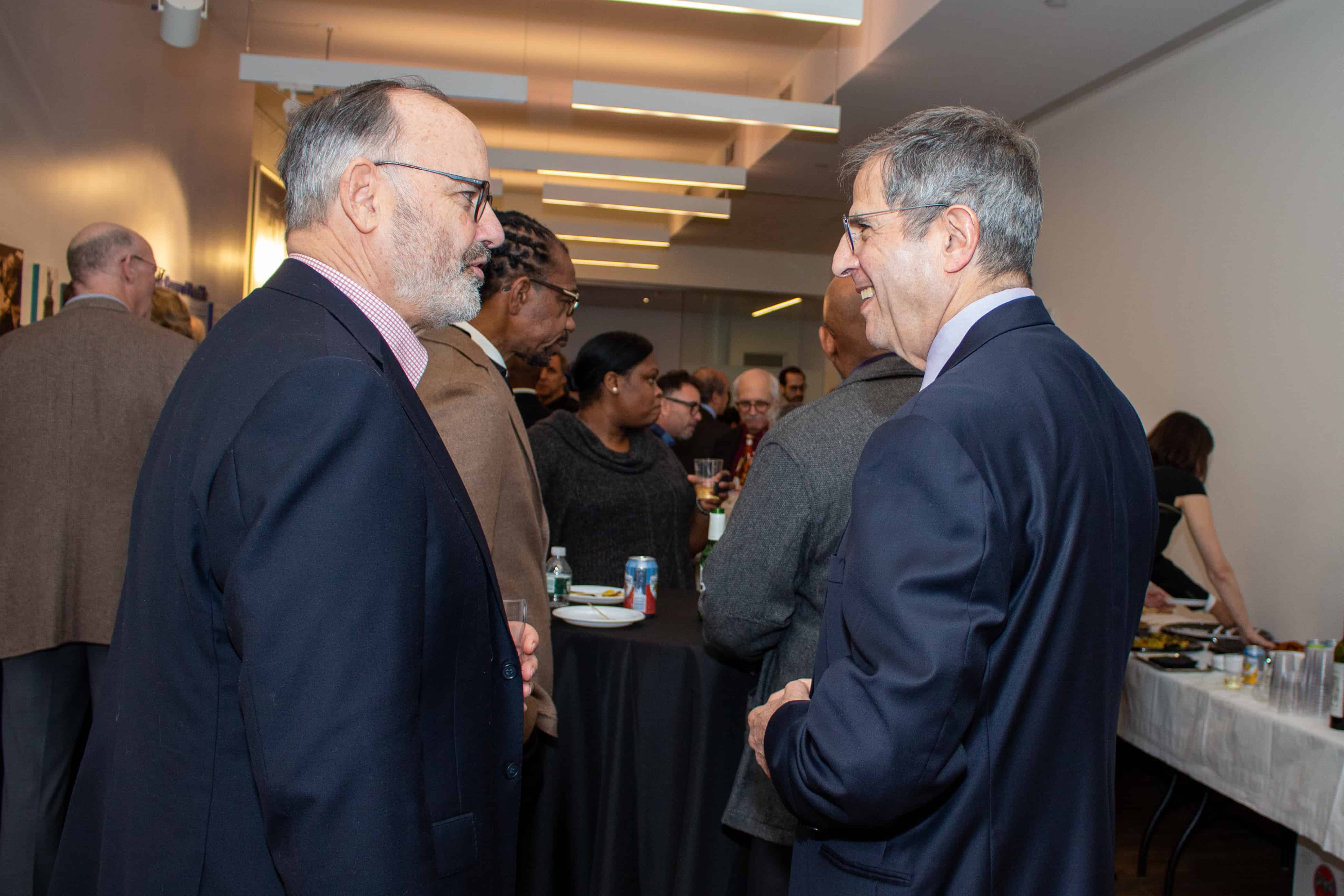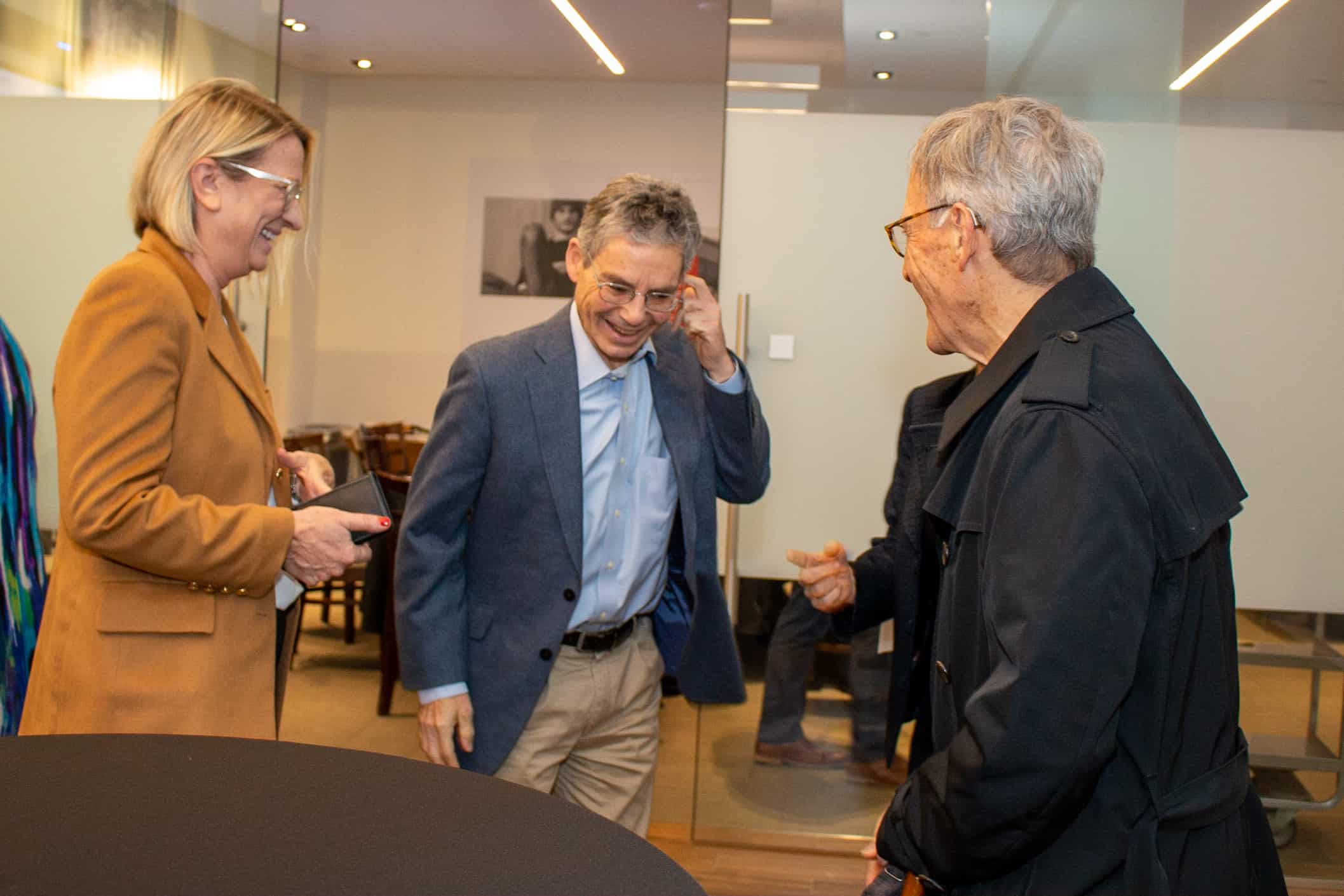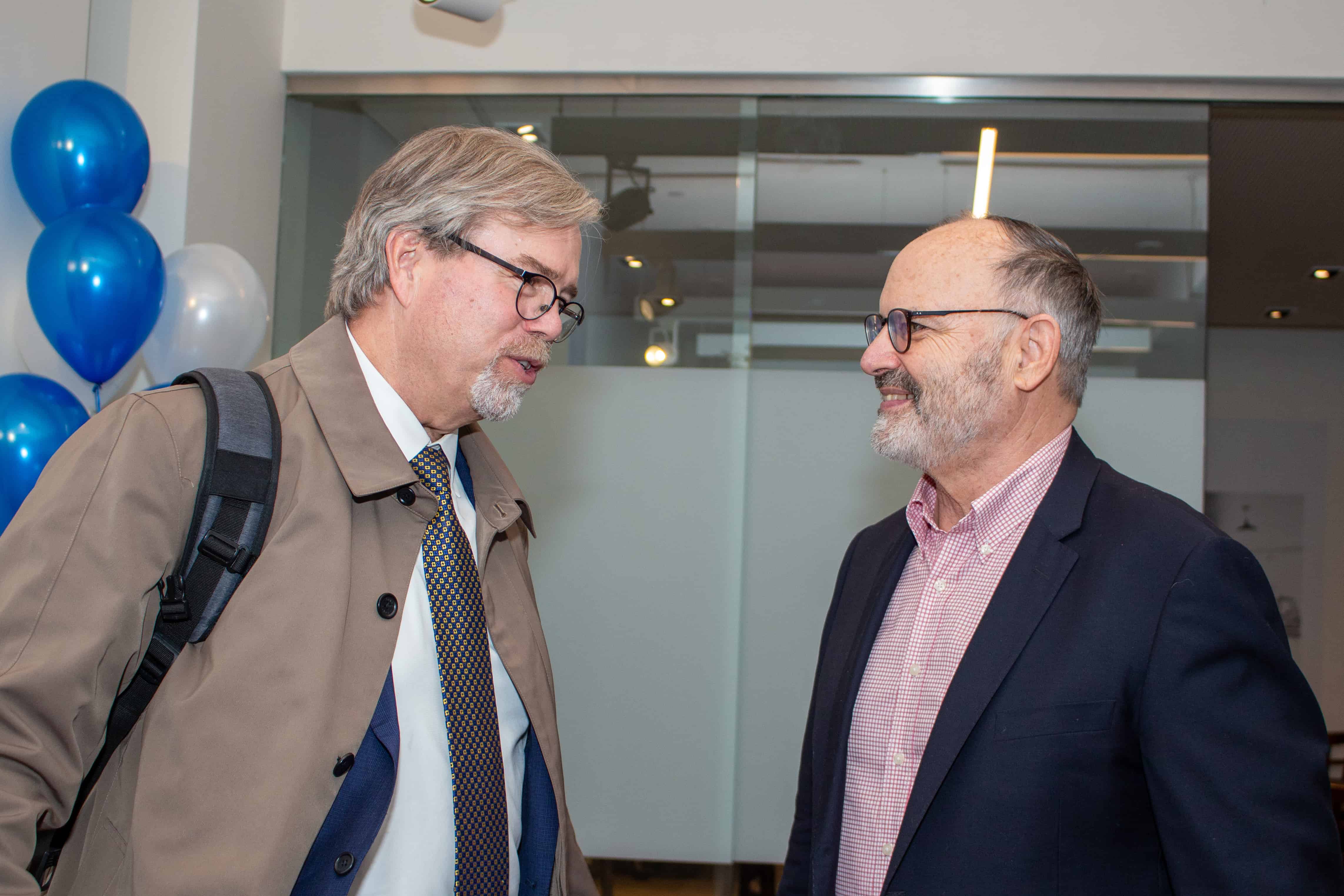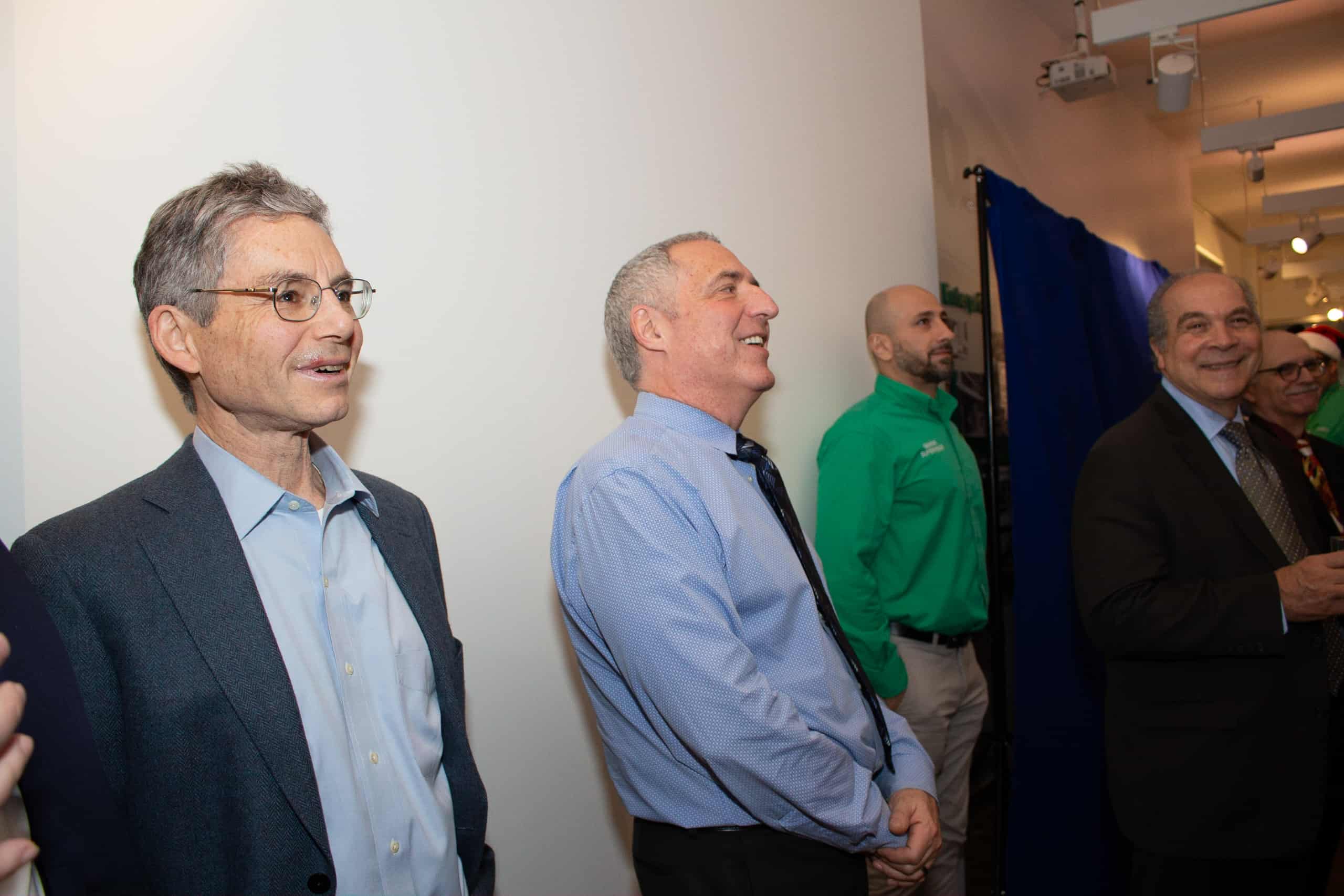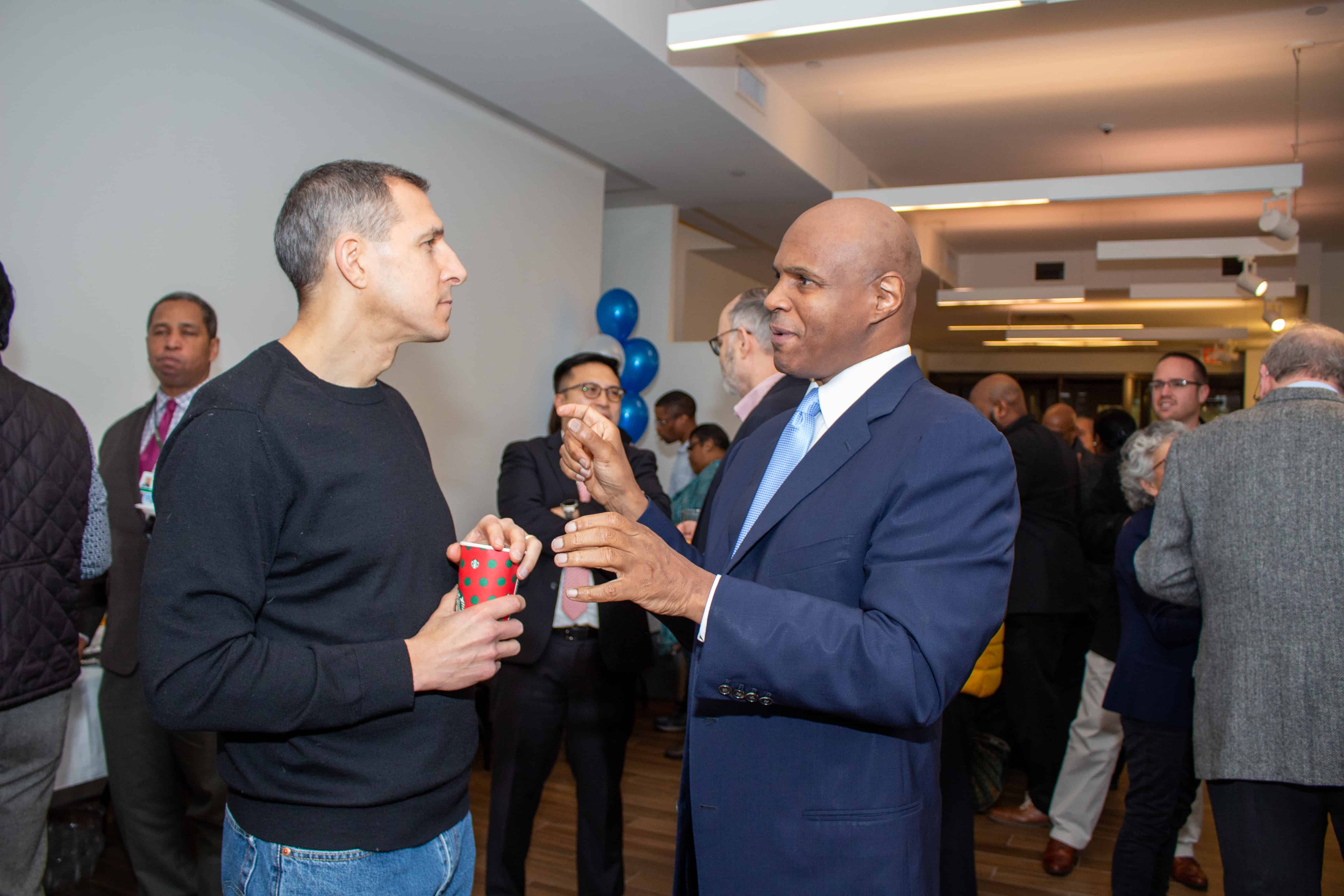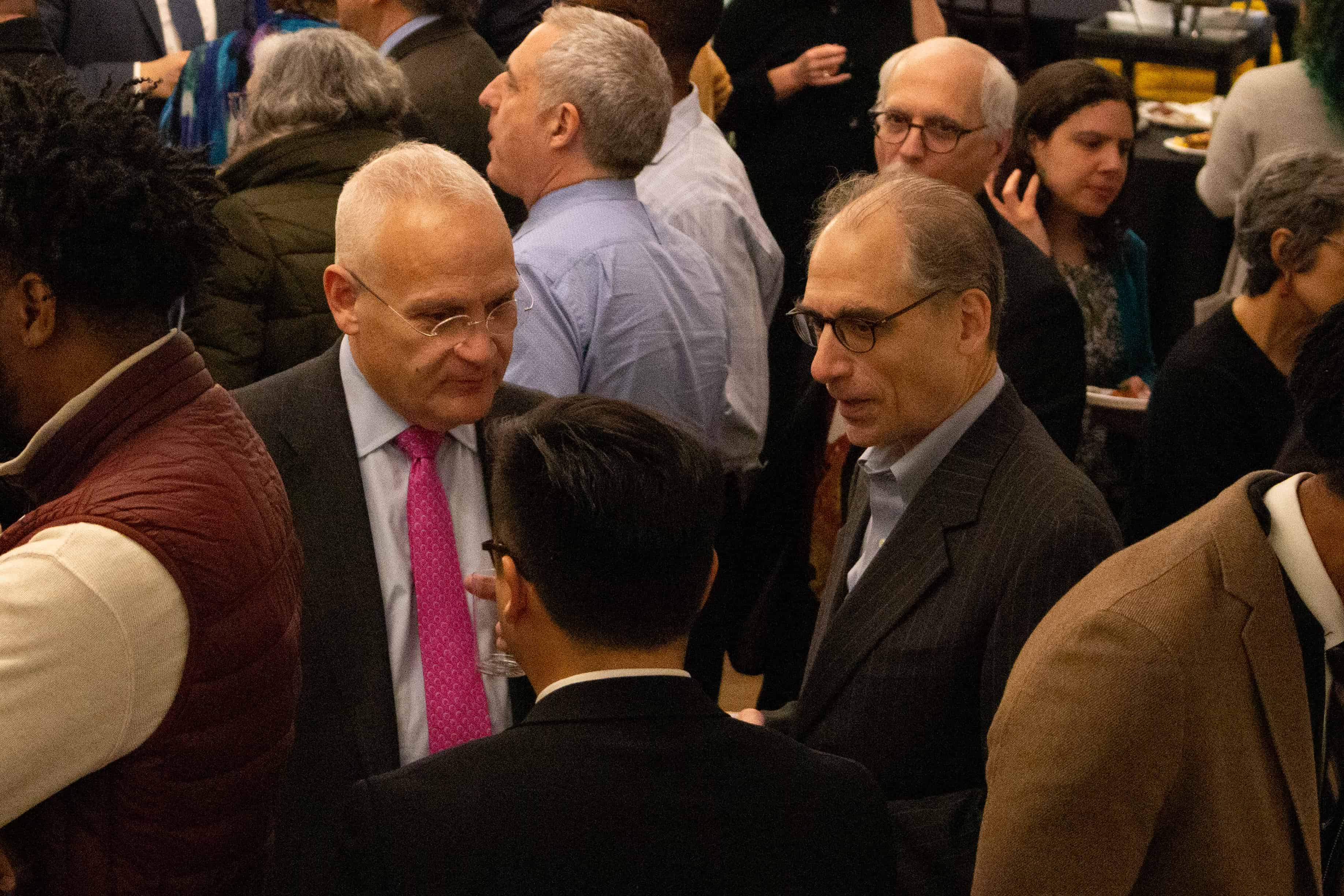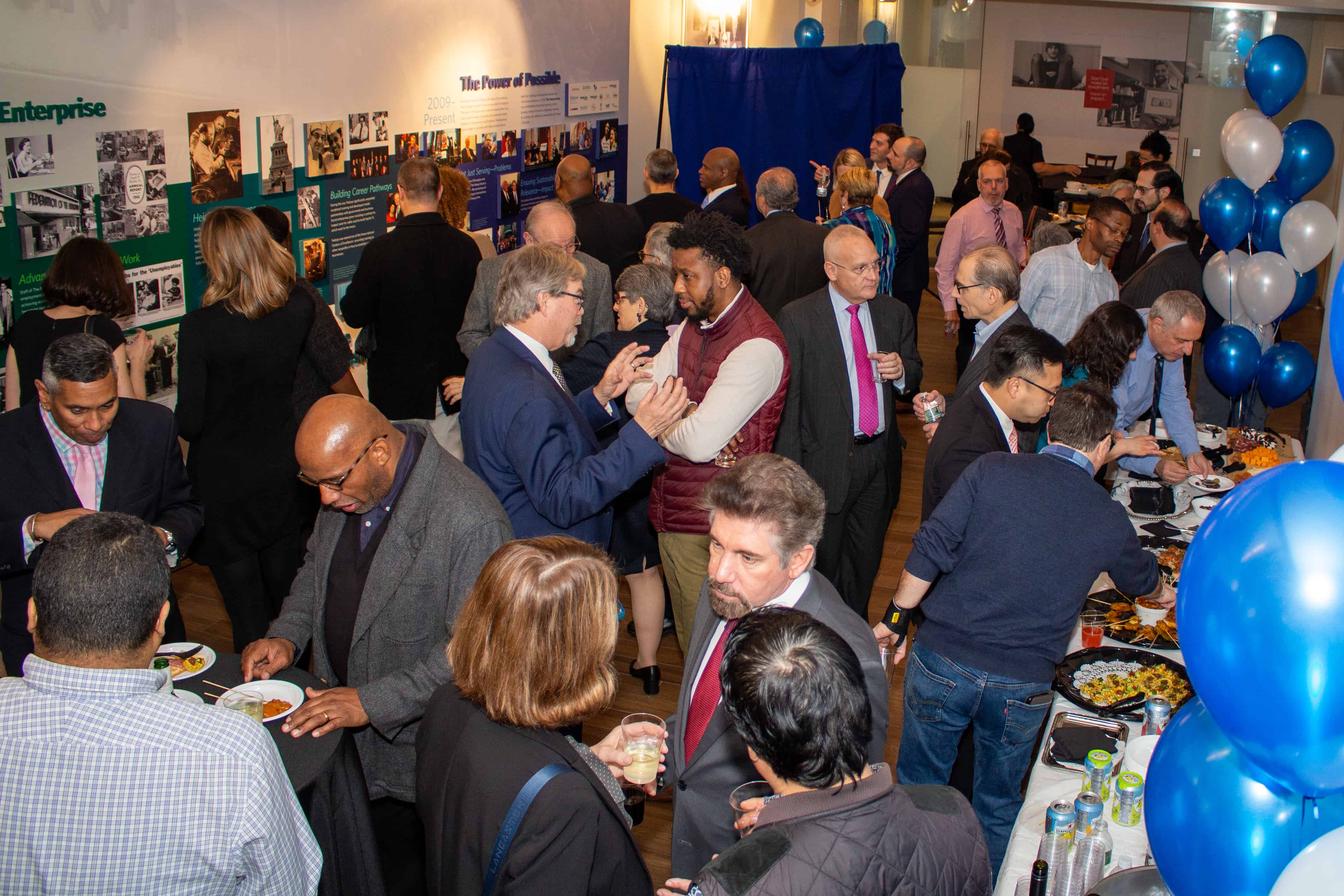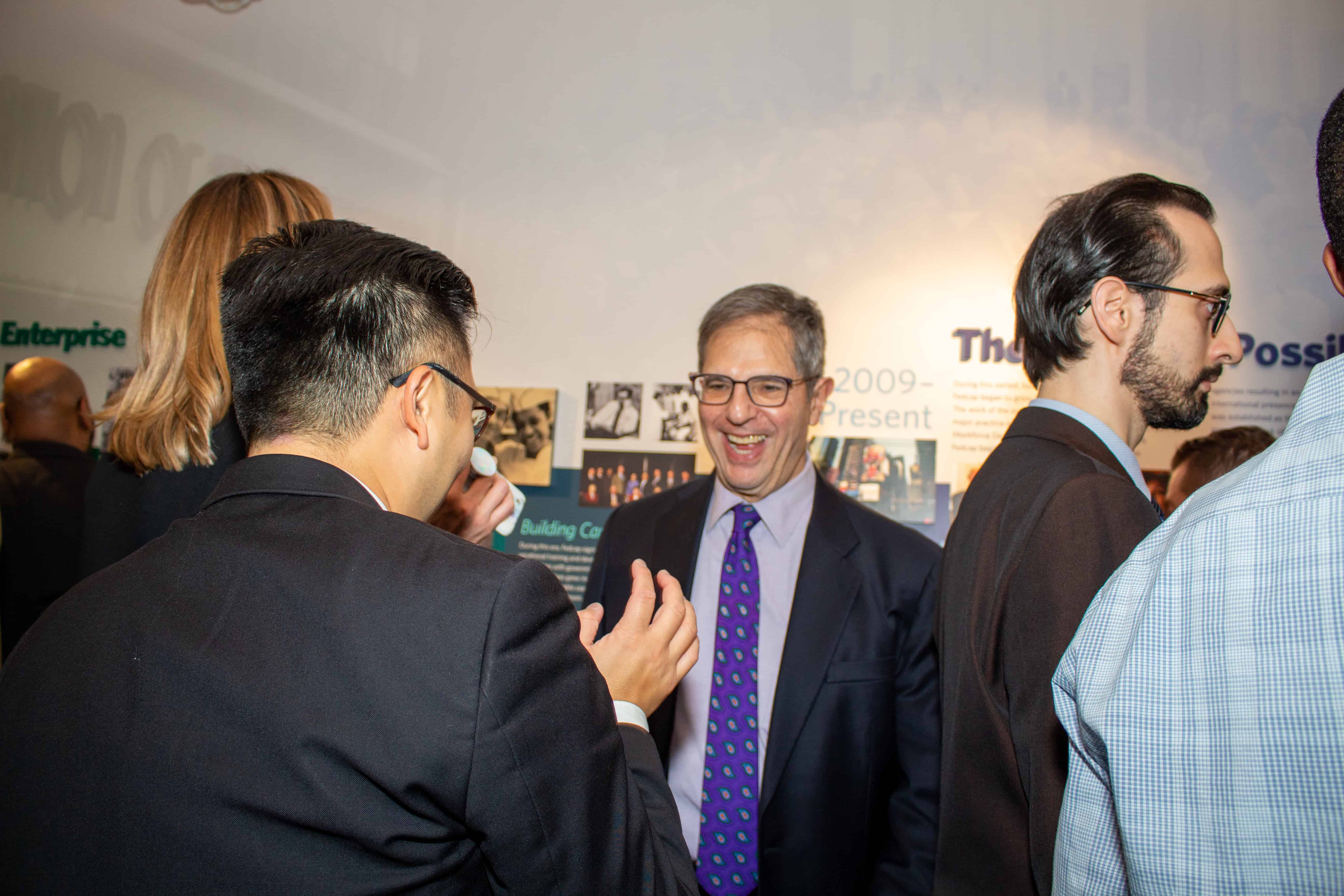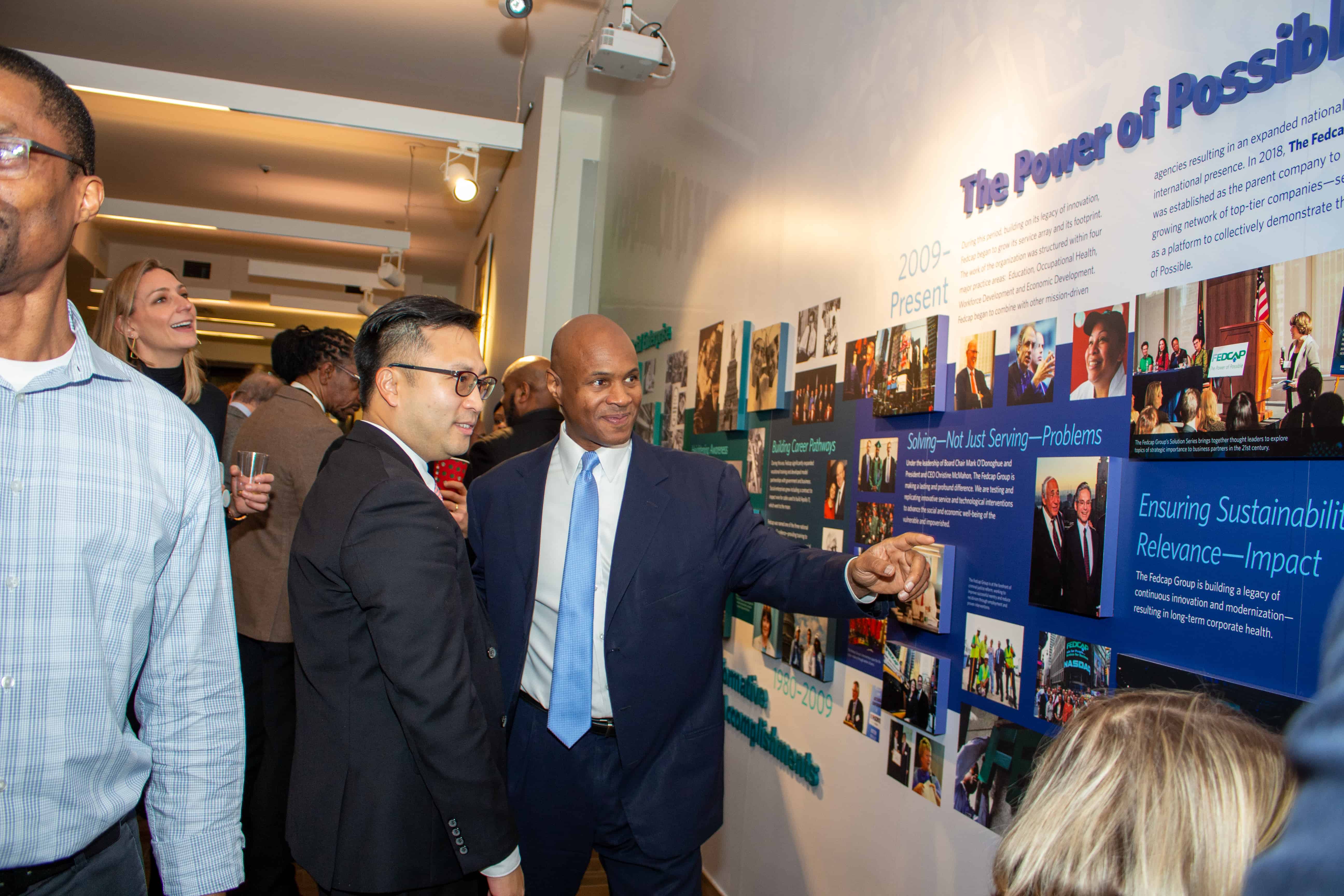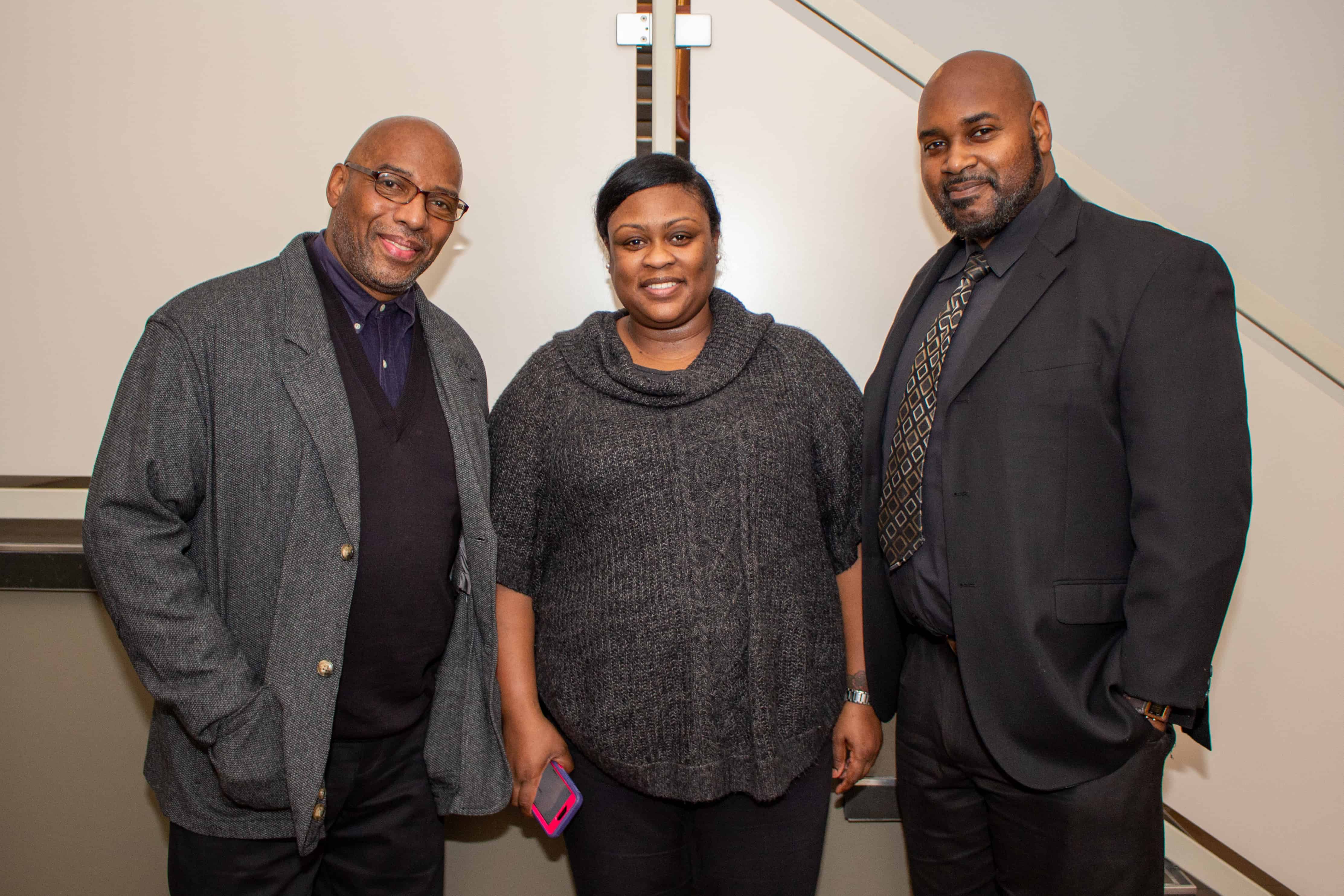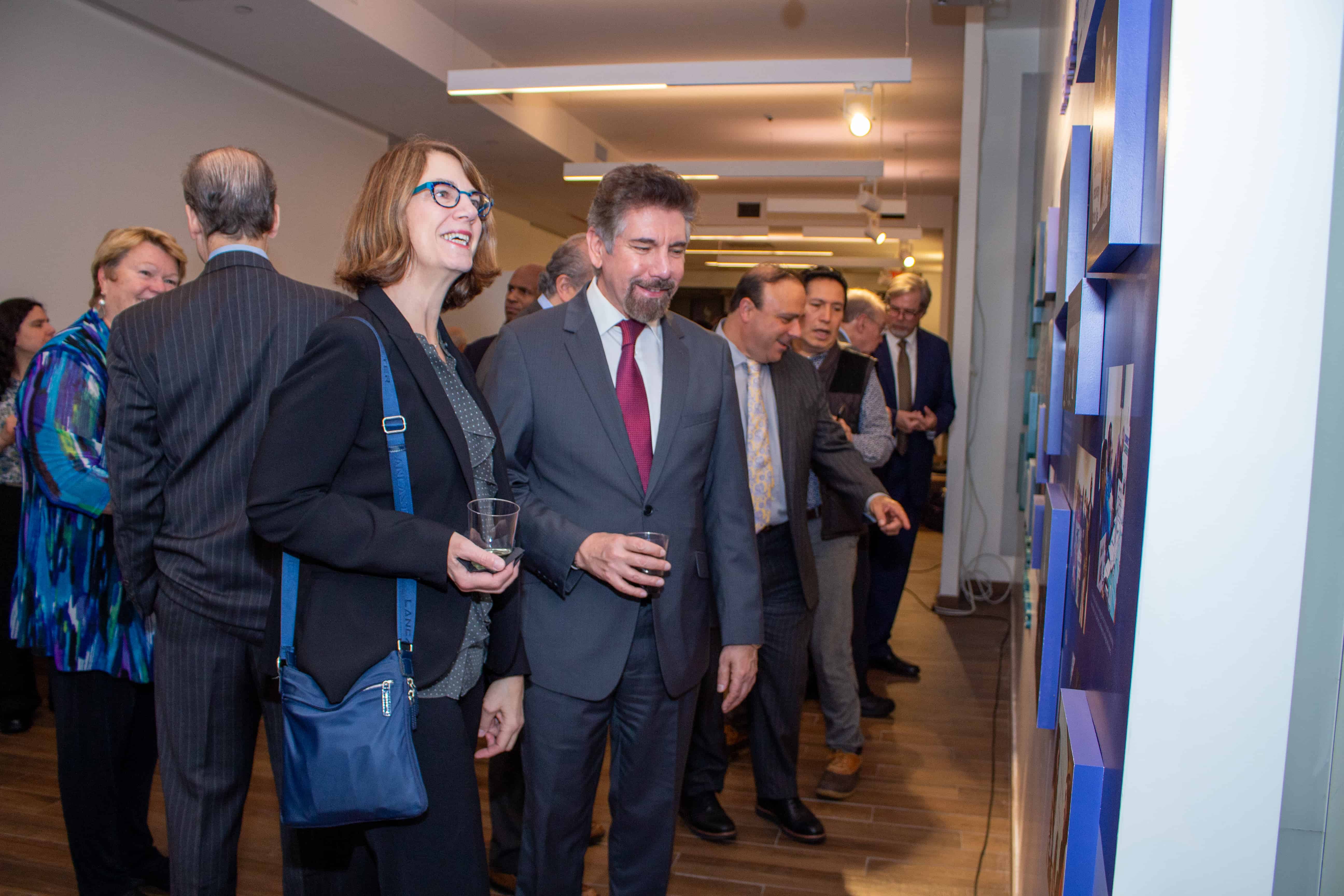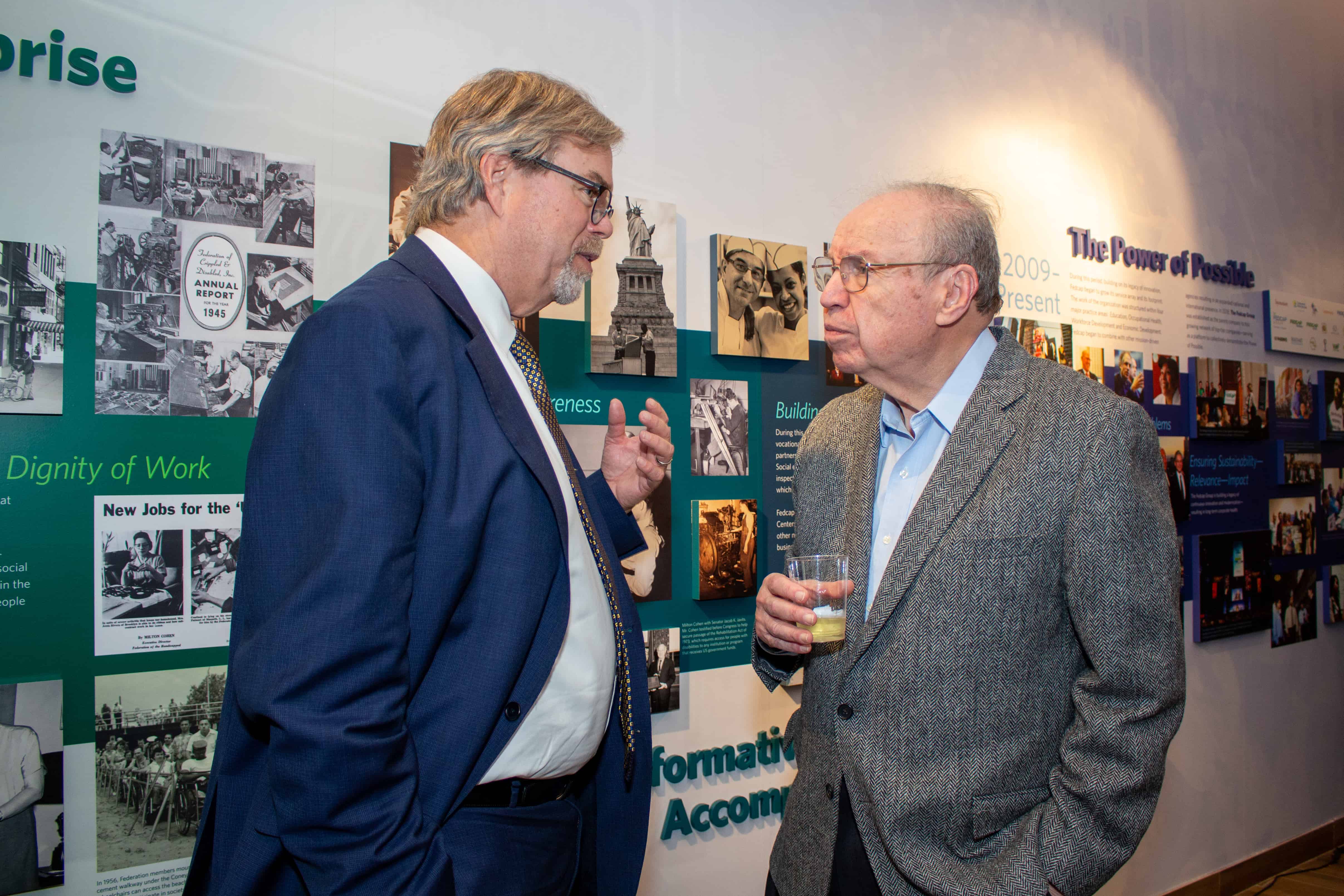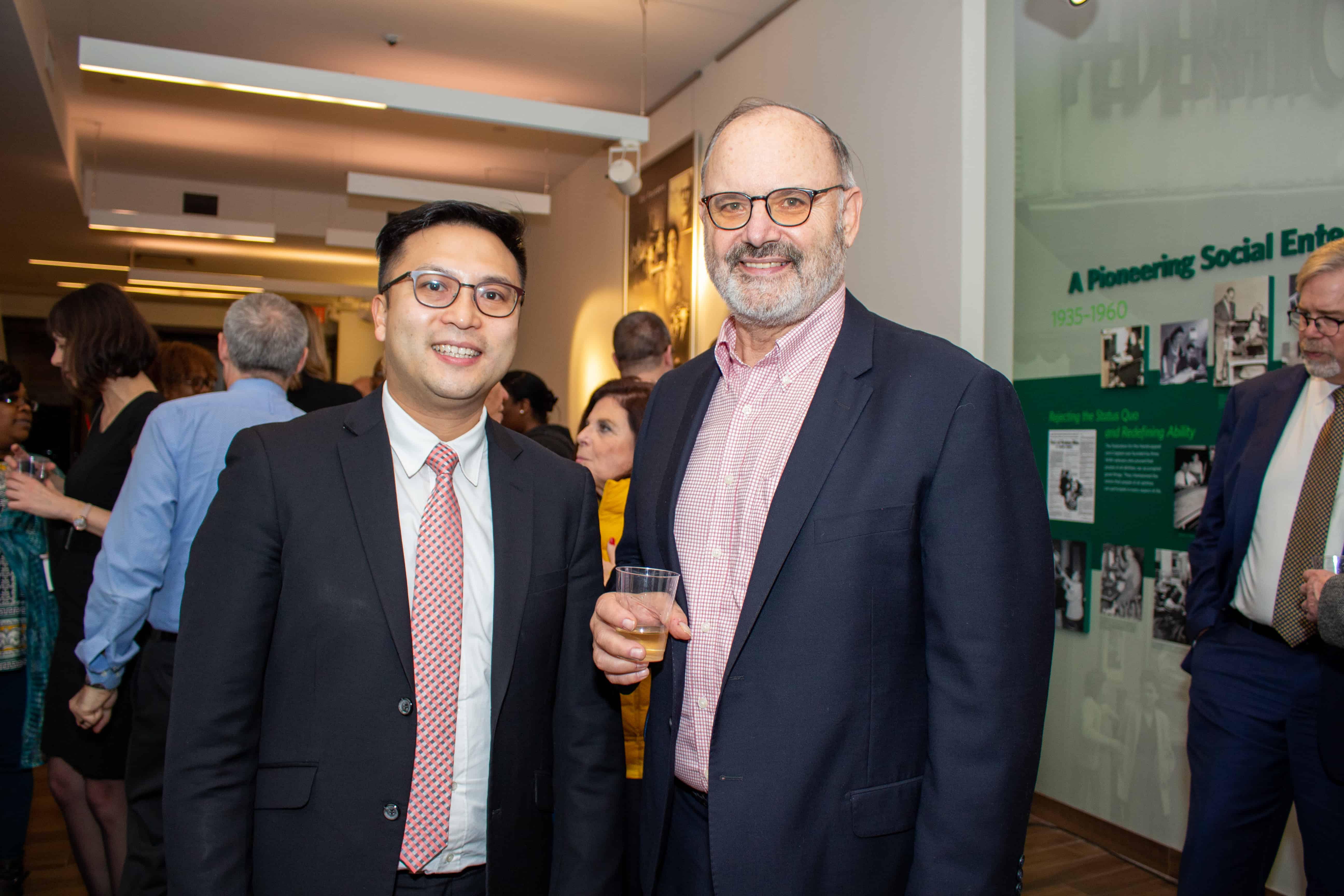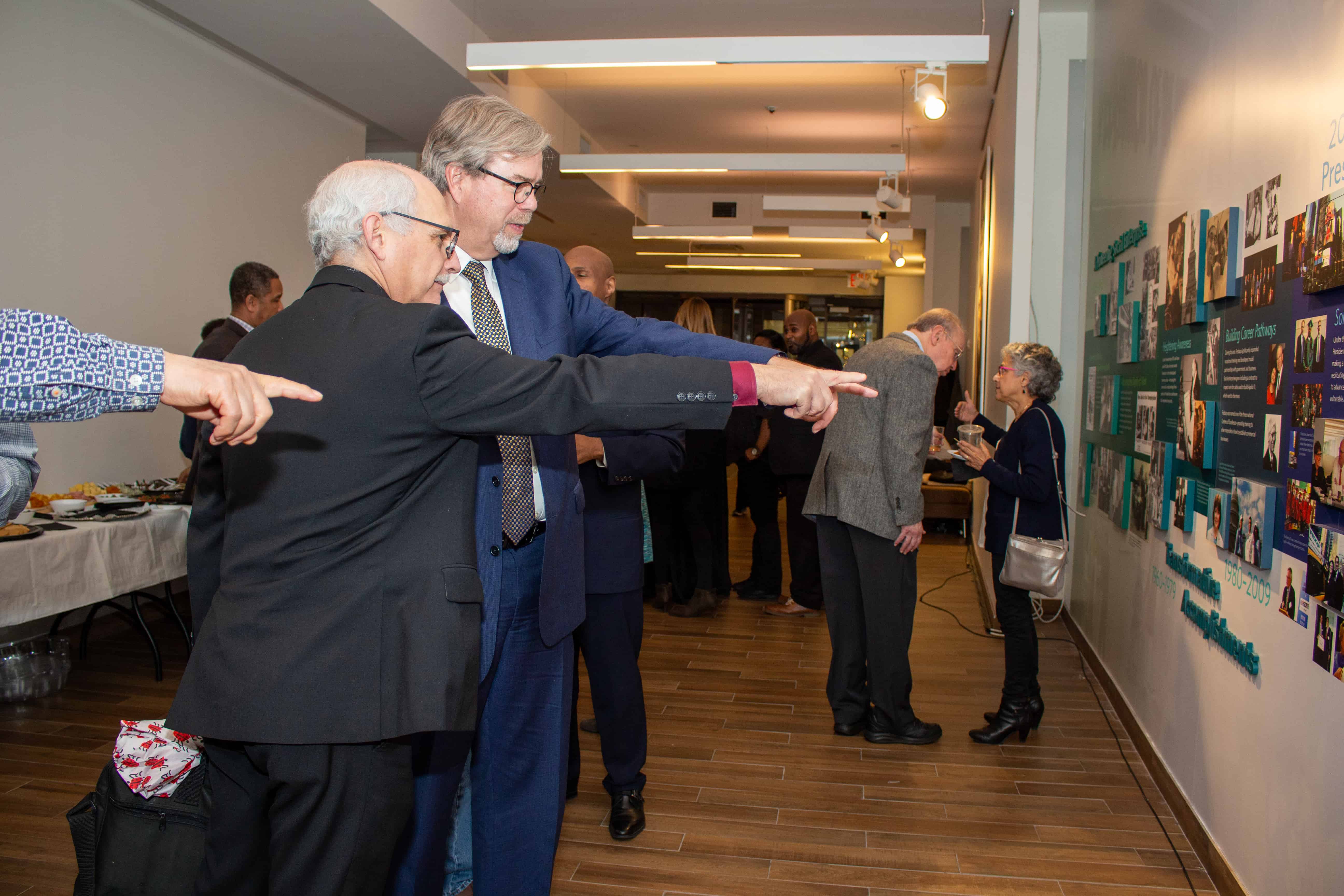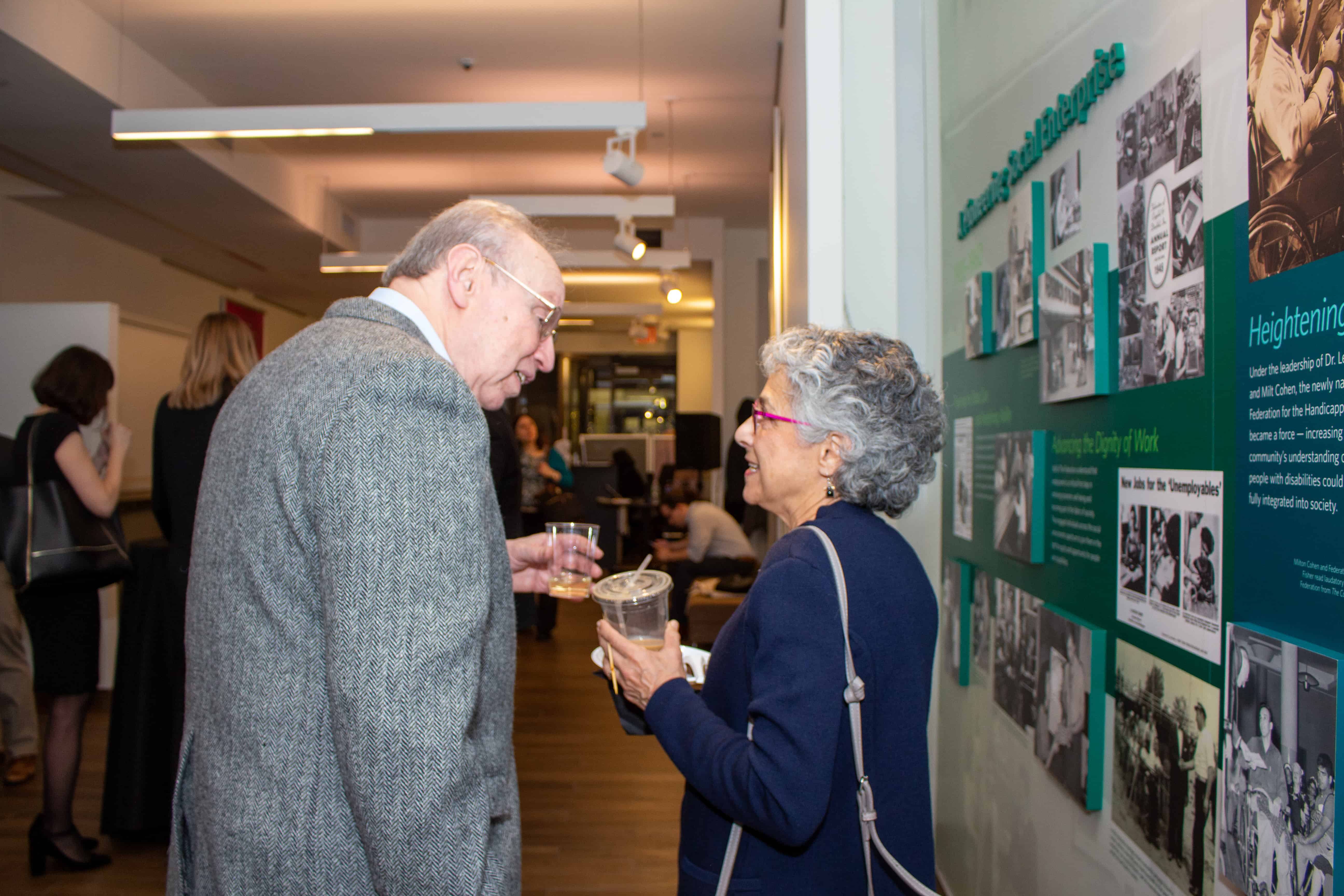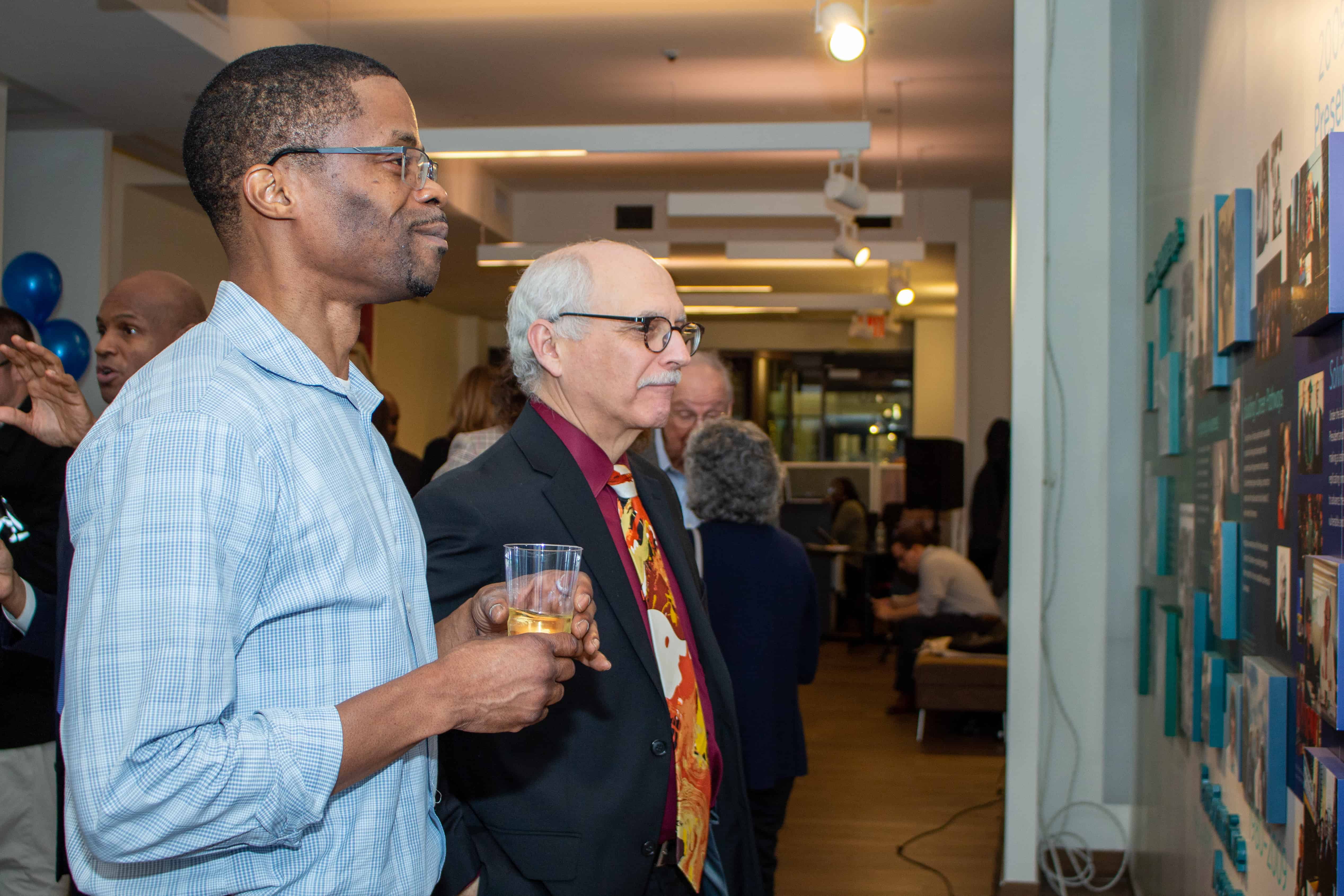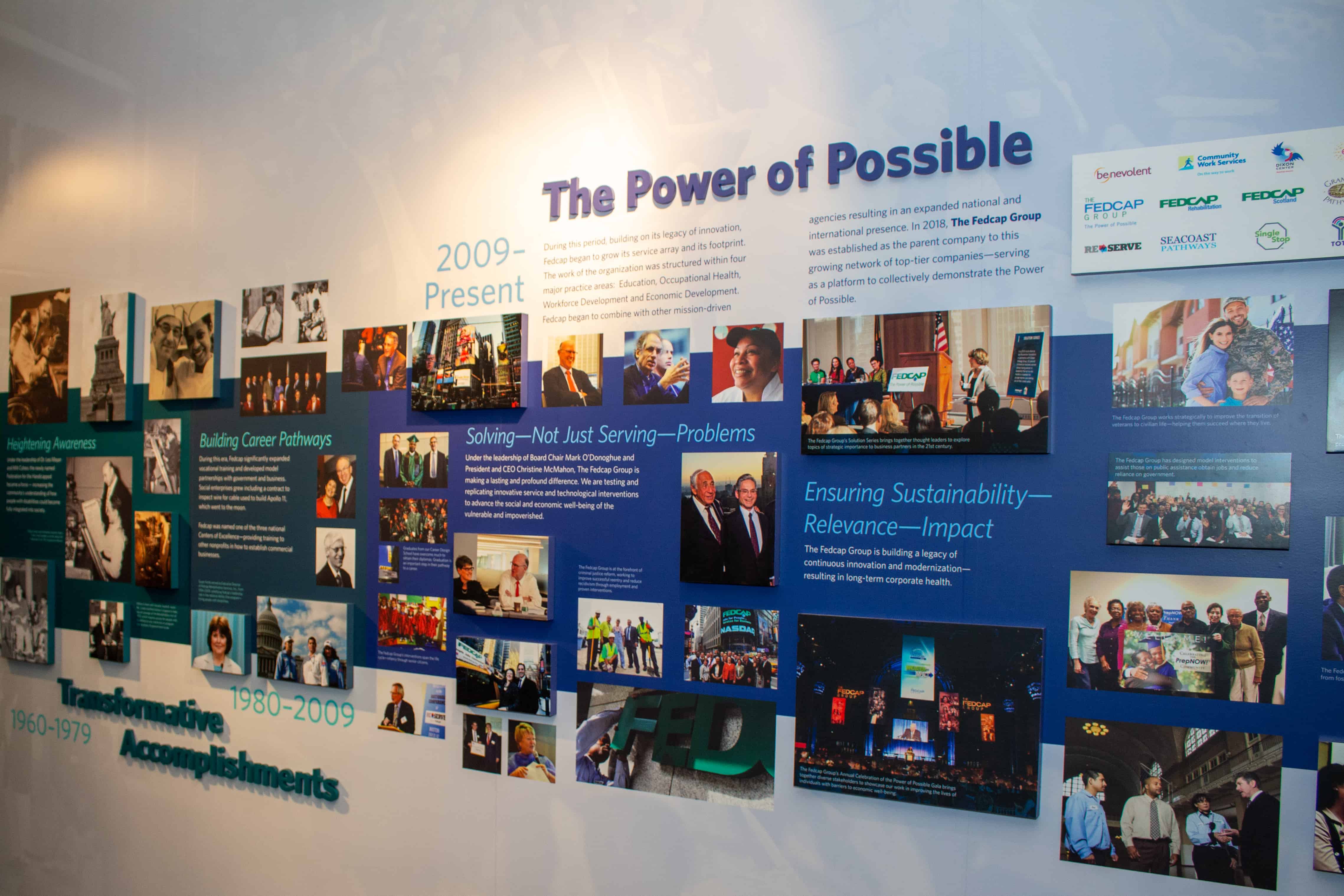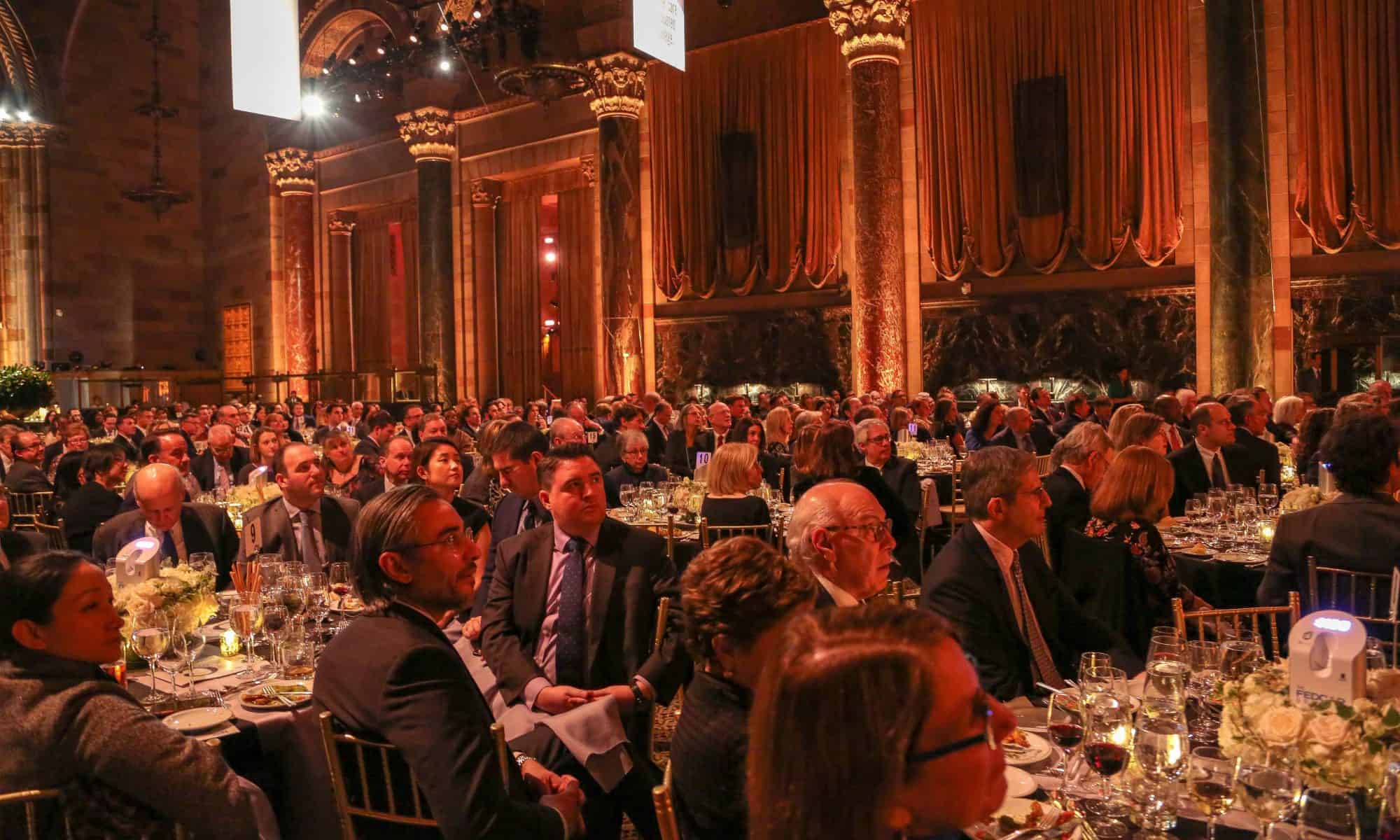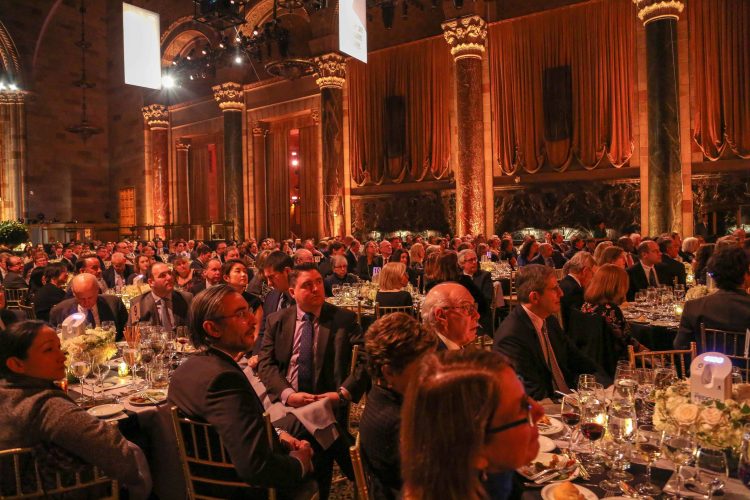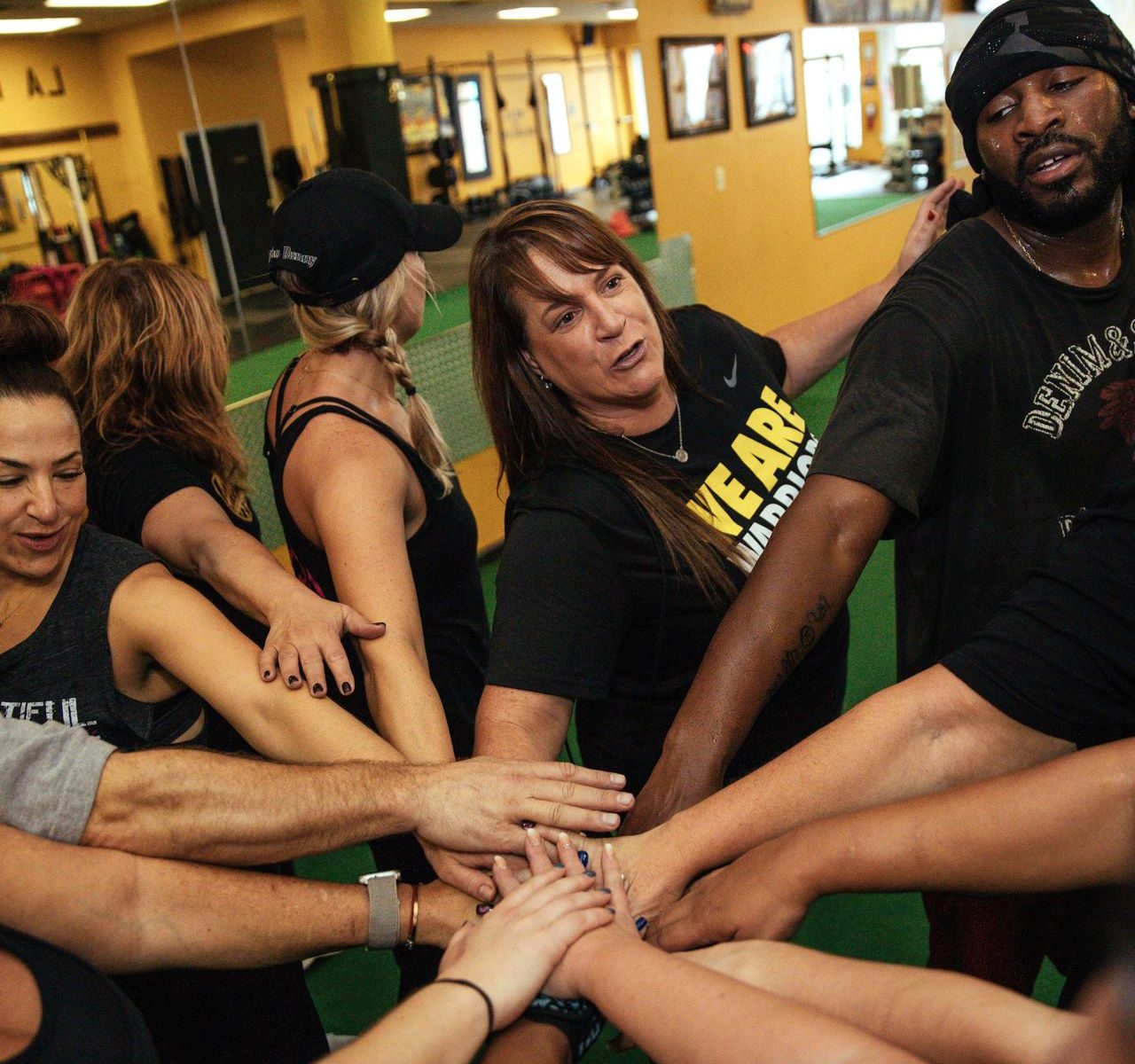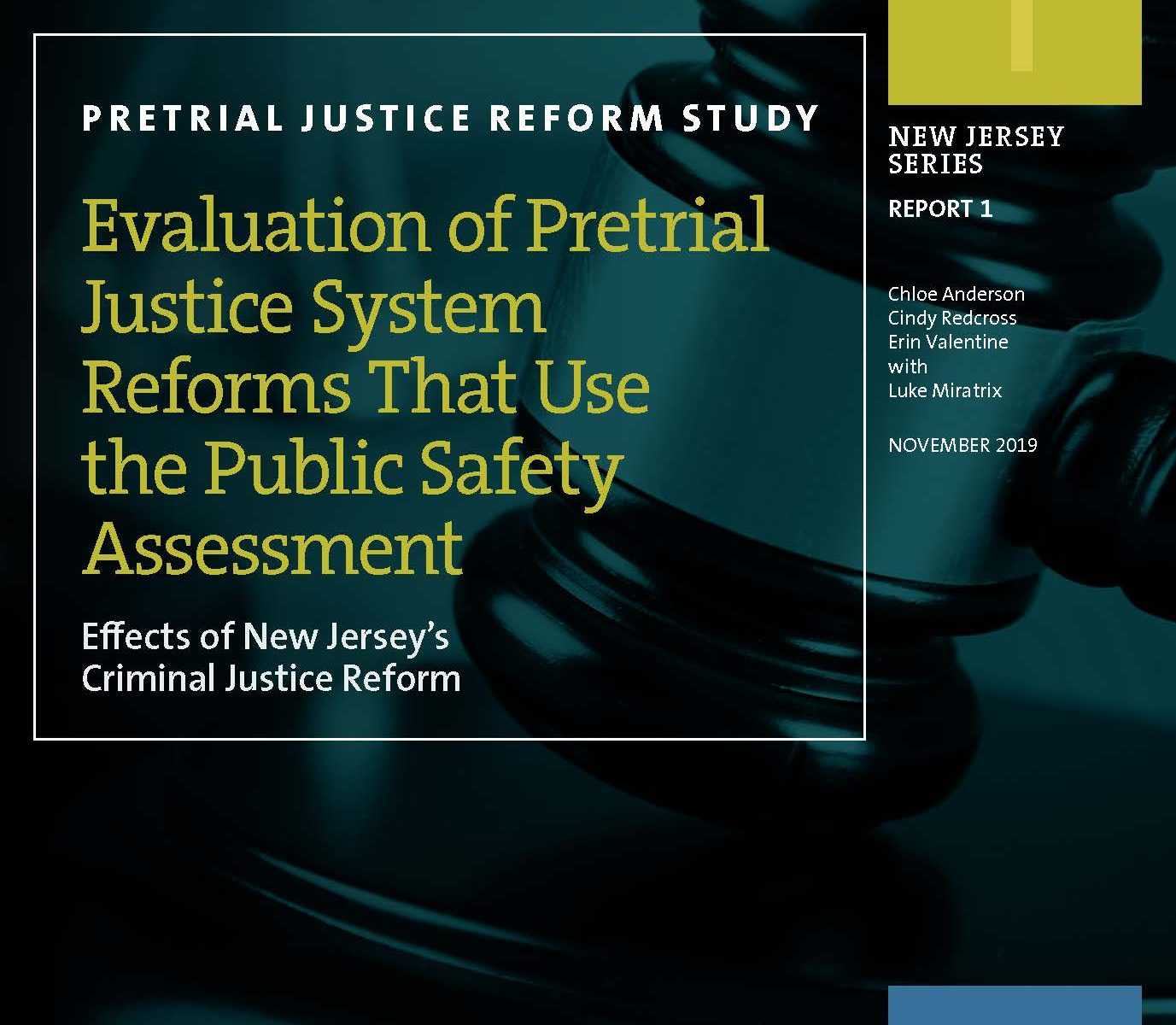The Fedcap Group Reports Year End Fiscal Year 2019 Operating and Financial Results
The Fedcap Group Reports Fiscal Year 2019 Operating and Programmatic Results
- Continued to expand the universe of individuals served by Fedcap Group brands
- Broadened services in key areas of focus
- Expanded international operations
NEW YORK, N.Y. (December 19, 2019) – The Fedcap Group, the parent company for a growing network of top-tier nonprofit agencies, today reported its financial and programmatic results for fiscal 2019 ended September 30, 2019. Committed to providing services that positively impact the lives of people with barriers to social and economic well-being, The Fedcap Group operates in four main practice areas: Workforce Development, Education, Occupational Health and Economic Development.
Management Comment
“2019 was a period of significant progress for The Fedcap Group,” said Christine McMahon, Chief Executive Officer. “We continued to refine our work in our five key areas of focus: Children ages 0-6, youth transitioning from foster care, individuals with intellectual/developmental disabilities, the previously incarcerated and those on public assistance. We also enhanced our technological infrastructure through upgrades to our financial, HR, fund raising and business development platforms.
“The Fedcap Group’s branded agencies provided services to over 245,000 children, youth and adults in fiscal year 2019. Specifically, we saw a significant increase in our work with children ages 0-6, combining with Bronx-based TOTS and opening two new child development centers in NYC—serving over 5,800 children ages 0-6 this year.
“Another key highlight was the expansion of our business in the UK where we are branded as Fedcap Employment and Fedcap Scotland. Through these companies, we served 10,250 individuals in 2019, well exceeding expectations. The establishment and continued development of our international operations provides a platform for us to spread our tested model of service to individuals on public assistance and replicate the positive outcomes that we have achieved domestically.”
2019 Financial and Programmatic Metrics
Fiscal Year 2019 revenues were $301.9 million, an increase of 0.9% over the $299.3 million in revenues reported for Fiscal Year 2018. Over the last several years, The Fedcap Group has significantly diversified its revenue sources, bringing a broader array of services to at-risk populations.
- Economic Development is comprised of business services operations that directly employ the populations we serve. In 2019, we employed over 1,700 people in these businesses, the majority of whom have disabilities or other barriers. Within this activity, the largest unit is Total Facilities Management, which provides services at many iconic sites in the U.S. and at government and commercial office buildings. Other social enterprises include: Manufacturing, which provides outsourced assembly and production of electronic products for our military, delivered by a workforce comprised of people with disabilities; Business Solutions, which provides all aspects of back office support to government and commercial clients; and Catering, which is a growing part of our portfolio.
- Workforce Development continues to represent the area in which The Fedcap Group serves the largest number of individuals through a broad range of services, including the Single Stop platform. In 2019 we provided functional capacity assessments, employment readiness training, vocational evaluations, wellness services, counseling and job placement and job retention services to an expanded universe of individuals facing significant barriers to employment.
- Education and Occupational Health represent growing bodies of work in the areas of early childhood services provided through Easterseals and assisting individuals with intellectual and developmental disabilities (I/DD) enter the workforce. The expansion of our work with the 0-6 population allows us to design and deliver an array of evidence-based practices that promote long term economic and social well-being. The Fedcap Group is also at the forefront of helping individuals with I/DD learn new trades and enter the workforce at competitive wages—ending segregated employment in sheltered workshops.
FY 2019 operating expenses were $301.4 million, 88% of which represented direct program expenses. Fedcap reported an operating surplus of $484,413 for the year compared to $1,422,599 in the same period last year.
In December 2018, Fedcap increased its working capital line of credit to $28 million. We continue to evaluate the appropriate sizing of our line of credit in order to ensure that it can support our continued growth.
At September 30, 2019, cash and marketable securities were $19.1 million compared to $29.0 million at the same time last year.
Key Contract Wins in Fiscal 2019
In fiscal 2019, Fedcap was awarded and executed contracts valued at over $42 million, of which the vast majority represented new business. These included:
- Fedcap Inc.: A $6.1 million contract to provide technology services to WeCare lll NYC.
- Easterseals New York: The award of a Staten Island preschool, offering 3 PreK and pre-school services with $3.4 million annual budget.
- Fedcap U.K. Inc: $12.9 million in annual contracts to Fedcap Employment U.K., Ltd. and Fedcap Employment Scotland, Ltd. to provide a diverse array of sustained employment support to 10,250 individuals with diverse barriers to employment and social inclusion.
- Easterseals Central Texas—a $1.6 million contract awarded by the Texas Health and Human Services Commission ECI Services to provide early childhood intervention to children in and around Austin TX.
Summary and Outlook
“FY 2019 results have set the stage for another year of positive achievements at The Fedcap Group. After several years of back-to-back double-digit growth, this was a year of slightly increased revenue growth, as we absorbed the wind-down of the large WeCARE contracts, which was a significant contributor to fiscal 2018 revenues. Exclusive of that contract, revenues would have increased 17% year-on-year.
“Looking ahead at our pipeline of award opportunities and of potential acquisitions, we are confident that our fiscal 2020 will be a year of substantial growth for Fedcap. We are leveraging complementary capabilities and qualifications across our organization to achieve positive outcomes for clients and to win strategically important contracts. The Fedcap Group’s operations now span 22 states domestically and the United Kingdom, enabling us to serve populations in need across a broad geographic footprint.
“The Fedcap Group ended FY 2019 in a strong financial position, and we continue to operate with rigorous financial and risk management controls and procedures to ensure that we remain a sustainable organization with sufficient infrastructure and resources to effectively serve clients.
“Additionally, we continue to build out our capabilities and footprint by engaging with other like-minded service providers to explore opportunities together that have the potential to significantly strengthen our combined impact on key issues facing the populations we serve,” Ms. McMahon noted.
About The Fedcap Group
For 85 years, The Fedcap Group has developed scalable, innovative and potentially disruptive solutions to some of society’s most pressing needs. Serving over 245,000 people each year, The Fedcap Group provides educational services to every age group, vocational training in high-growth industries, behavioral health services, work readiness skill building and jobs—all targeted to helping people achieve long-term self-sufficiency.
The Fedcap Group also invests its time and resources in broader system change—working in partnership with federal, state and local government to improve the way services are designed, funded and delivered.
Conference Call Details
Date: 12/19/19 at 11:00am EDT
Phone: 1-844-792-3735
Link to Webcast: www.fedcapgroup.org/results
Financials



